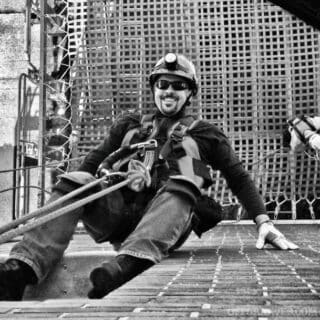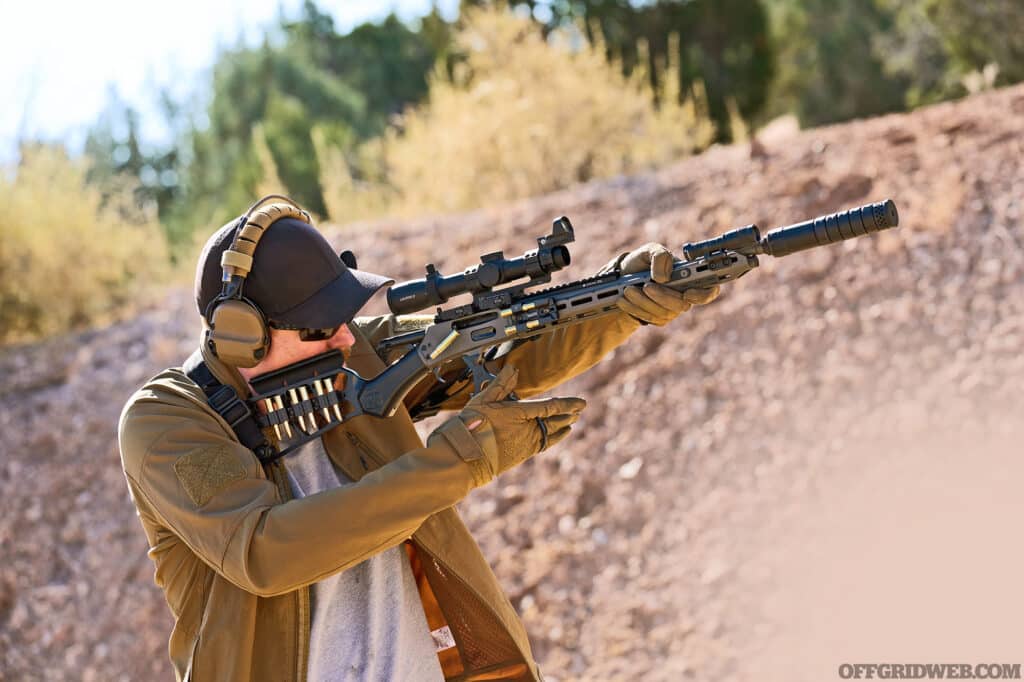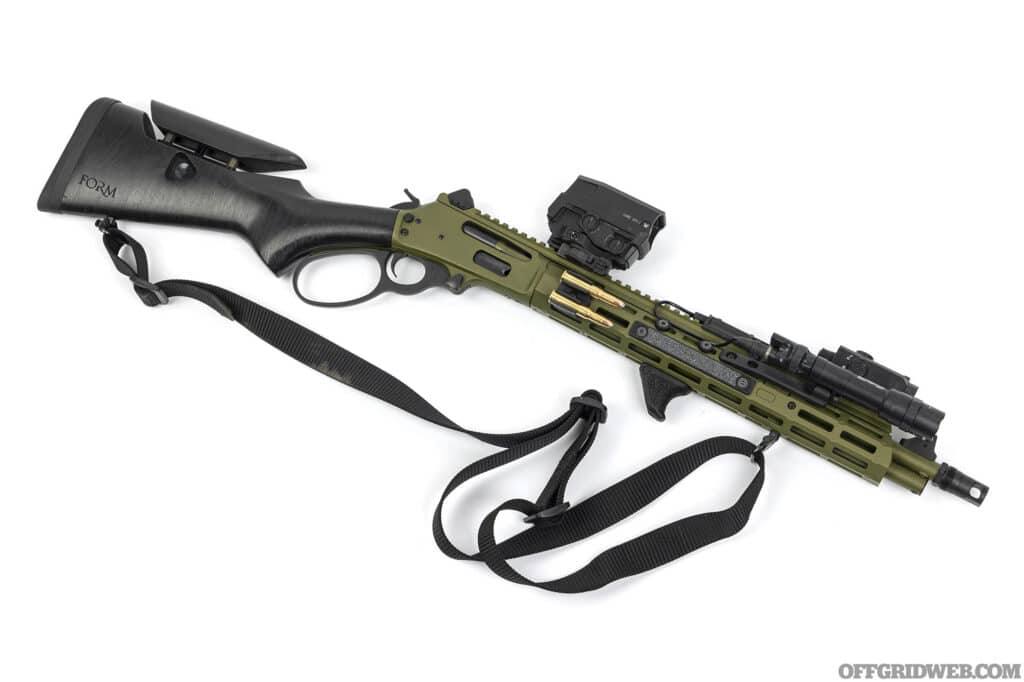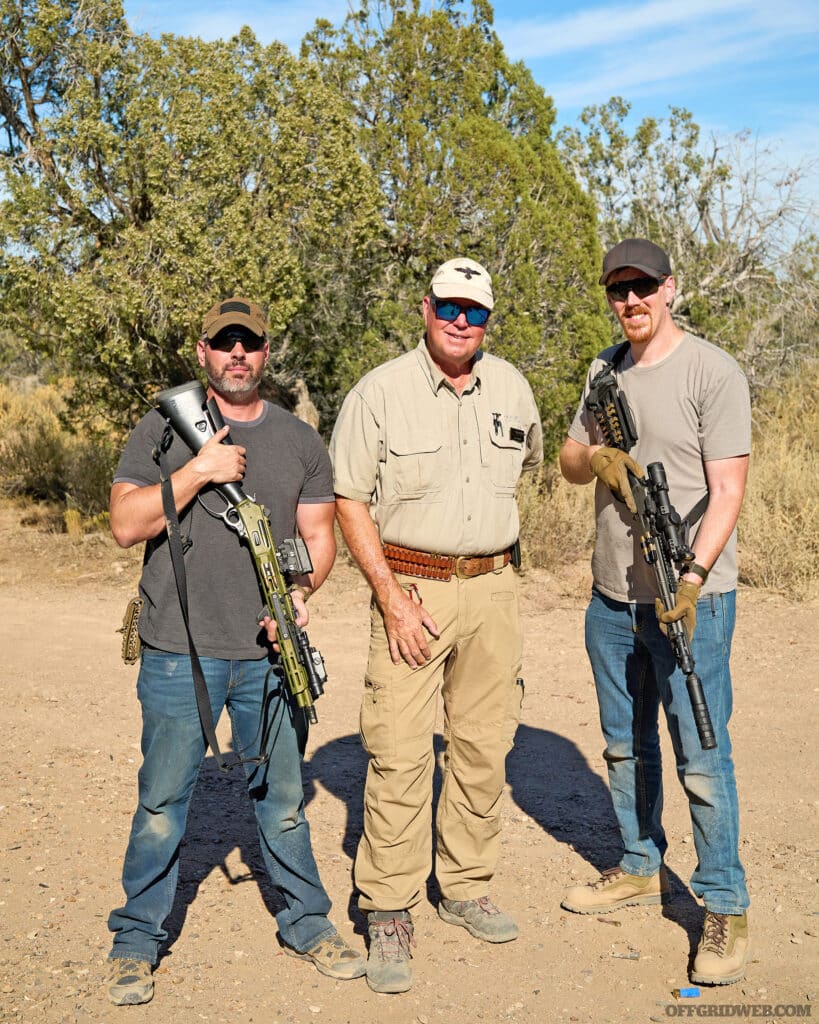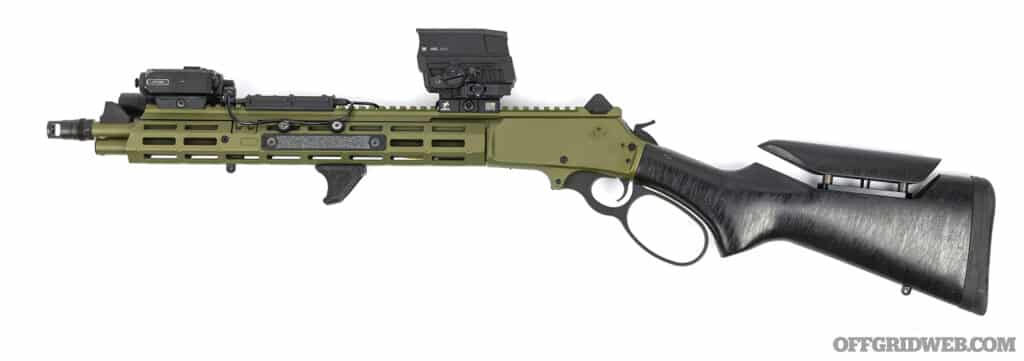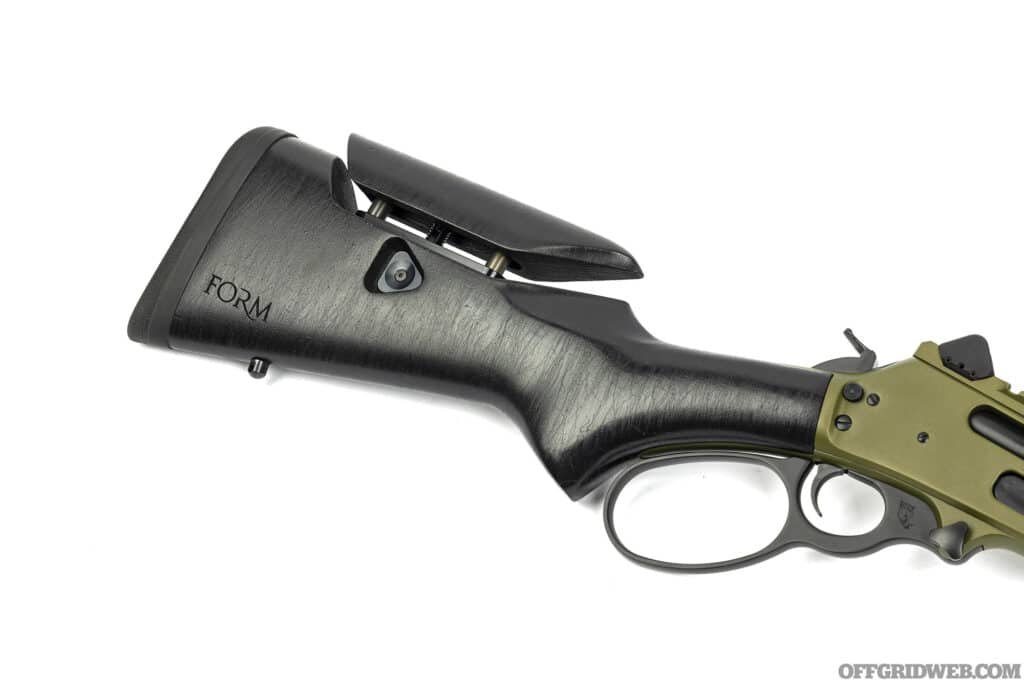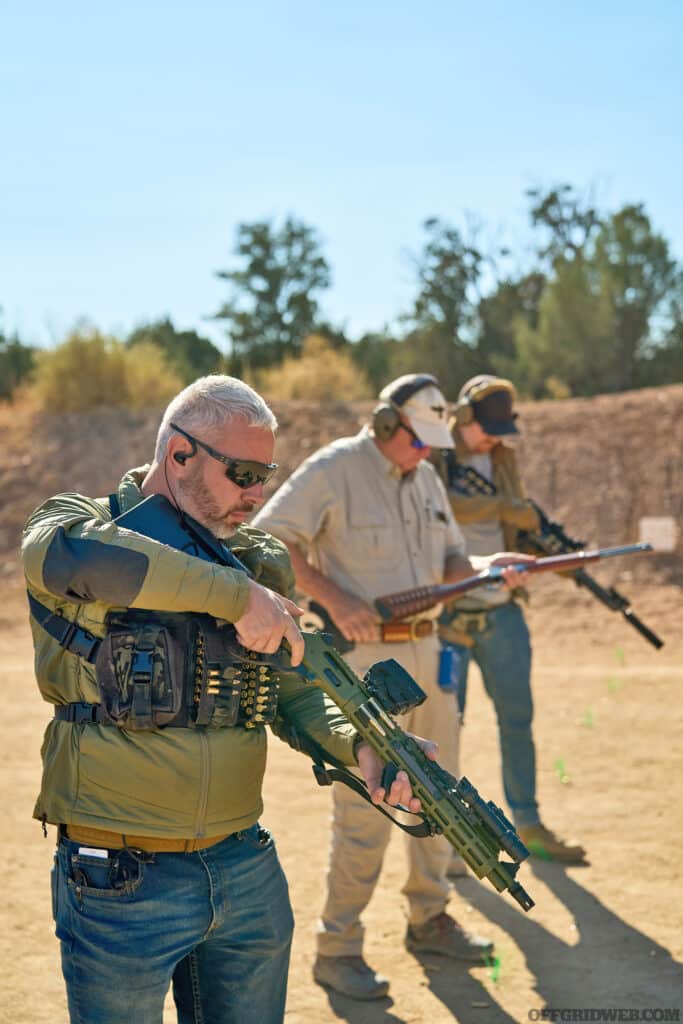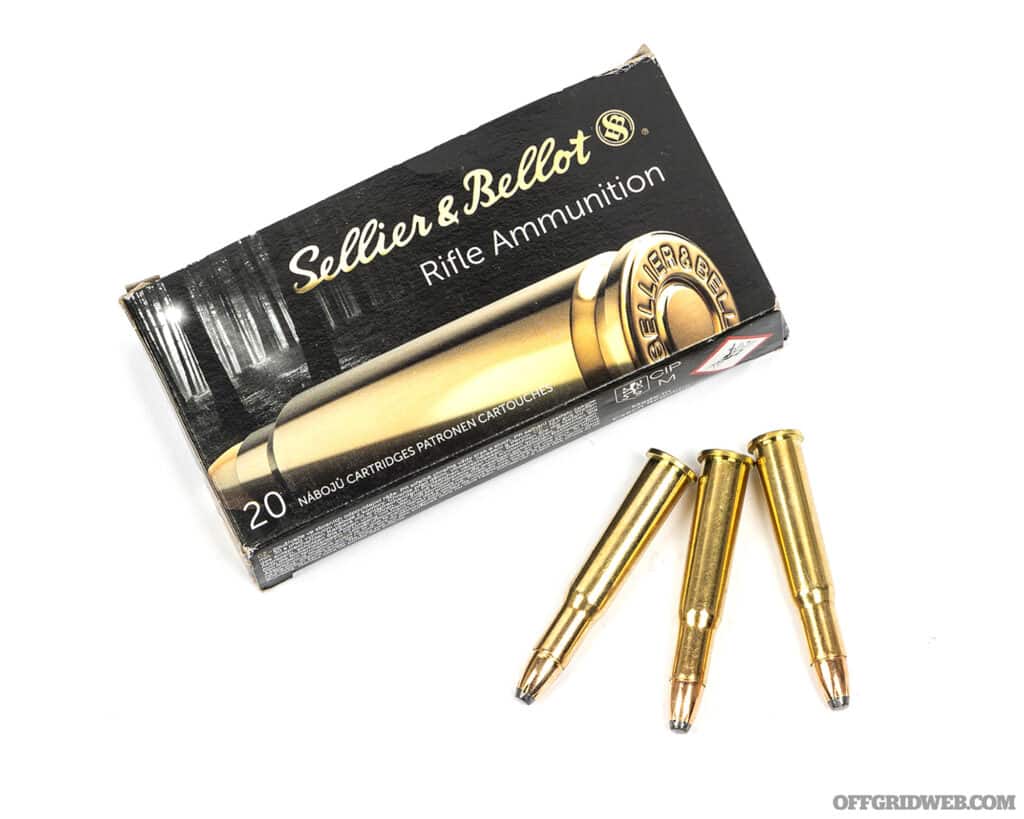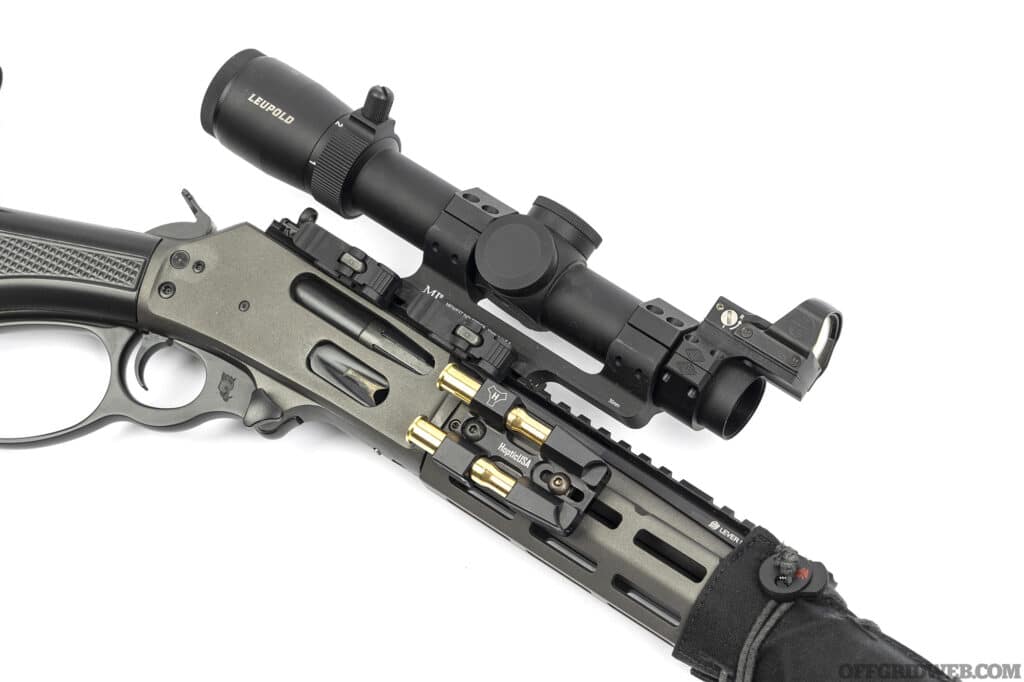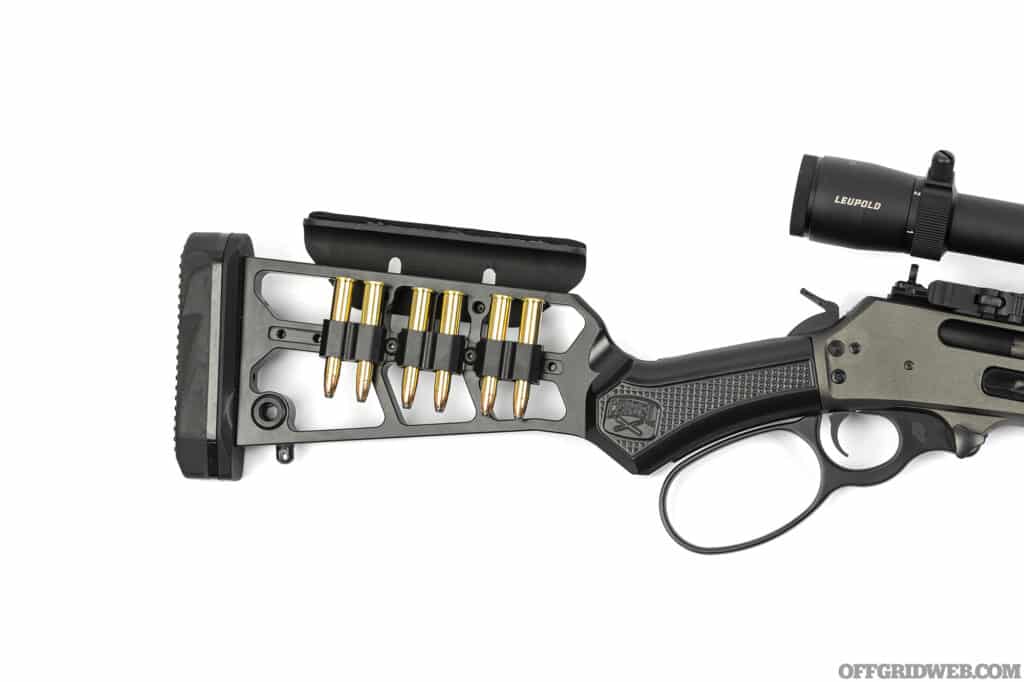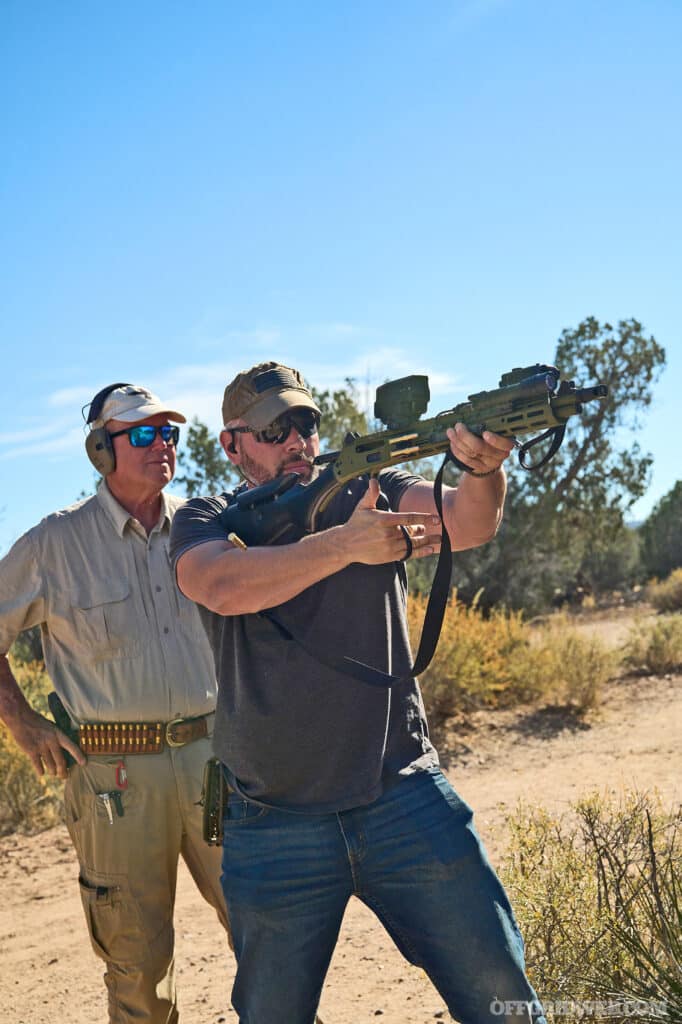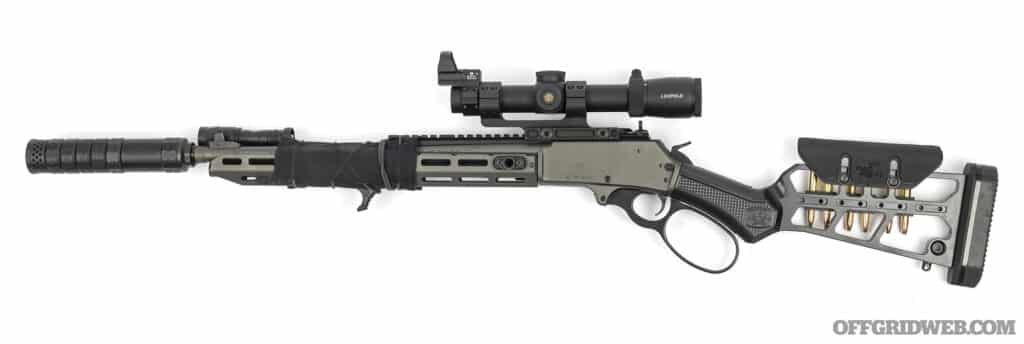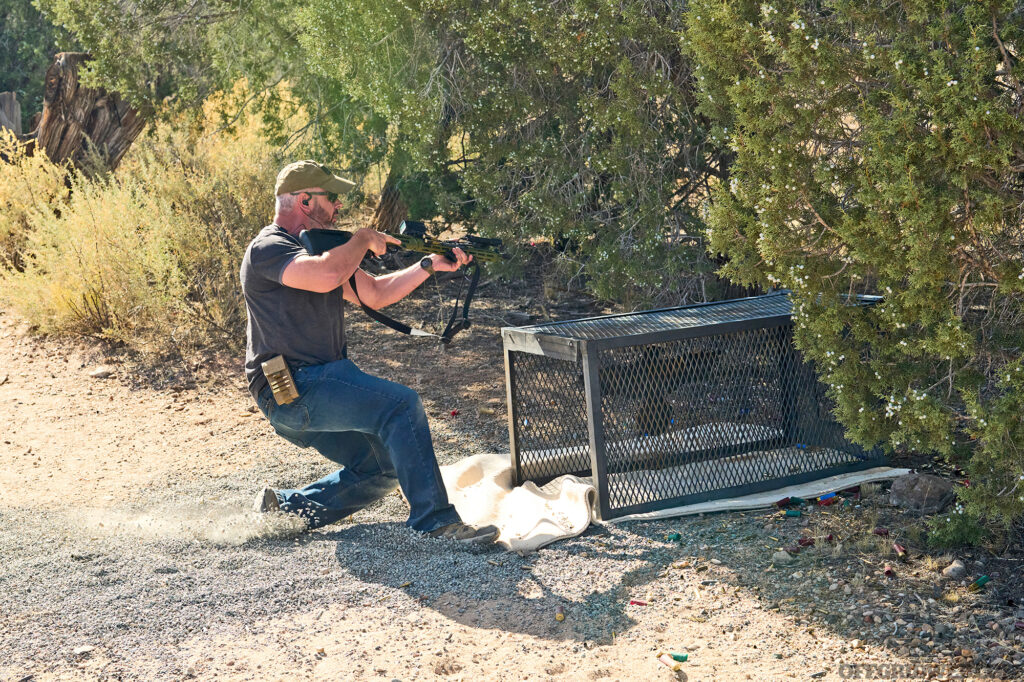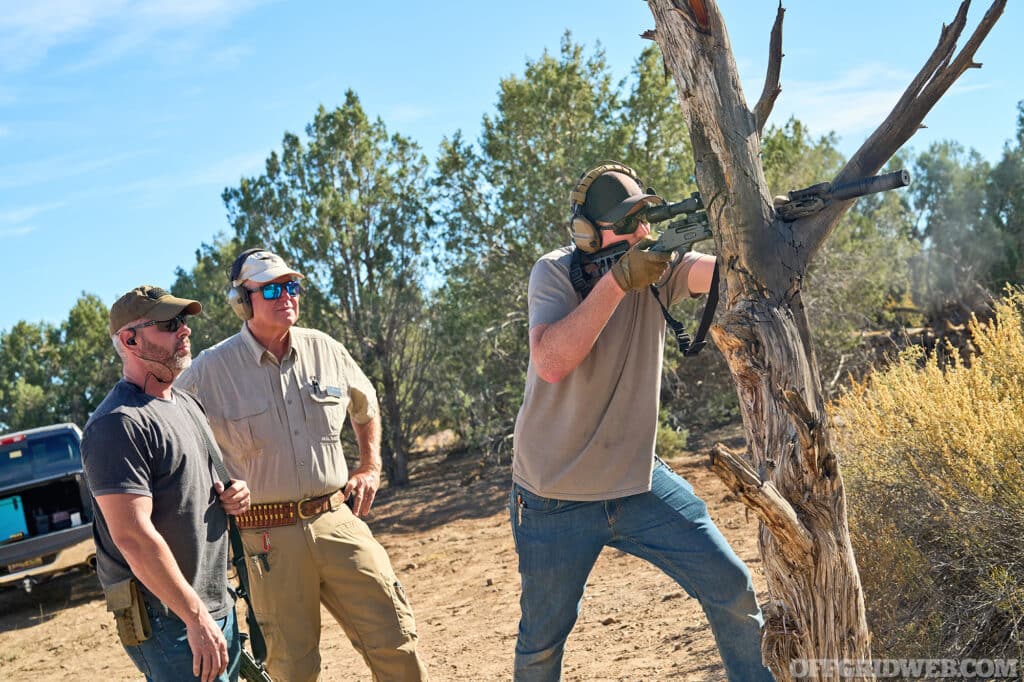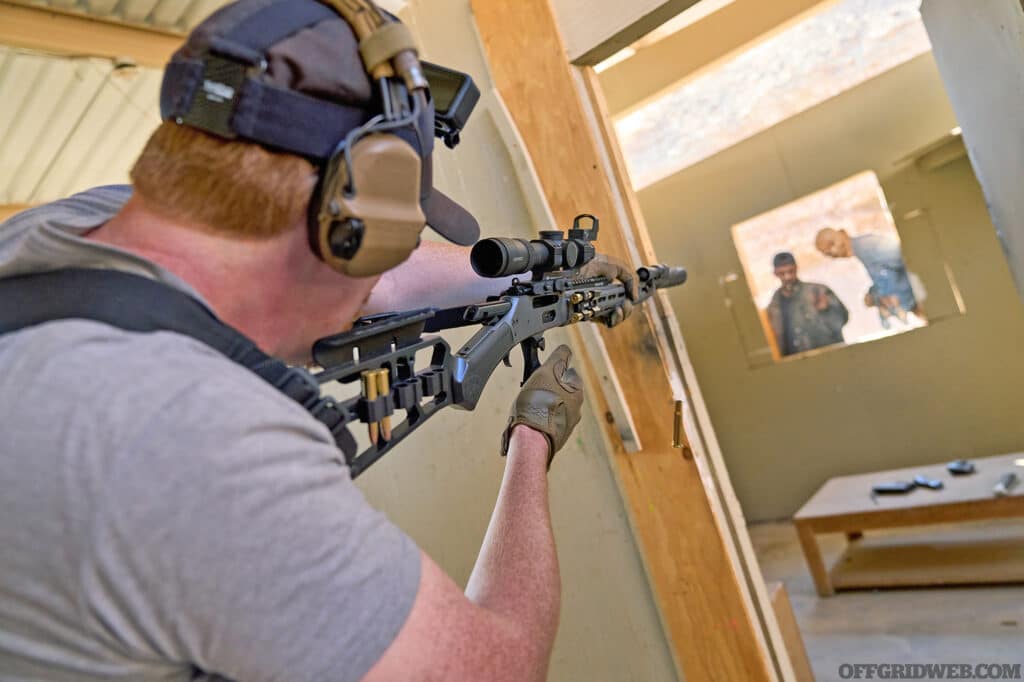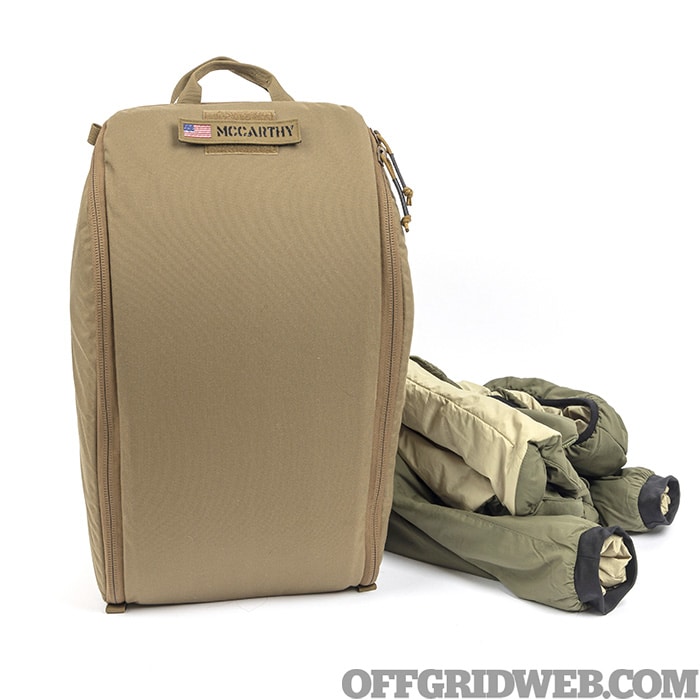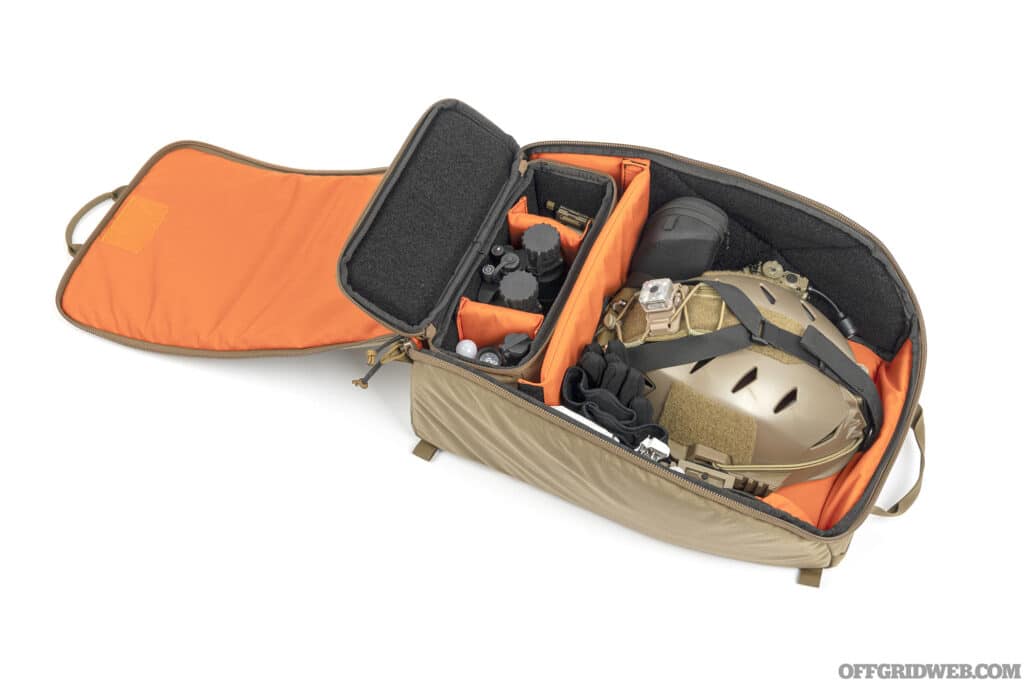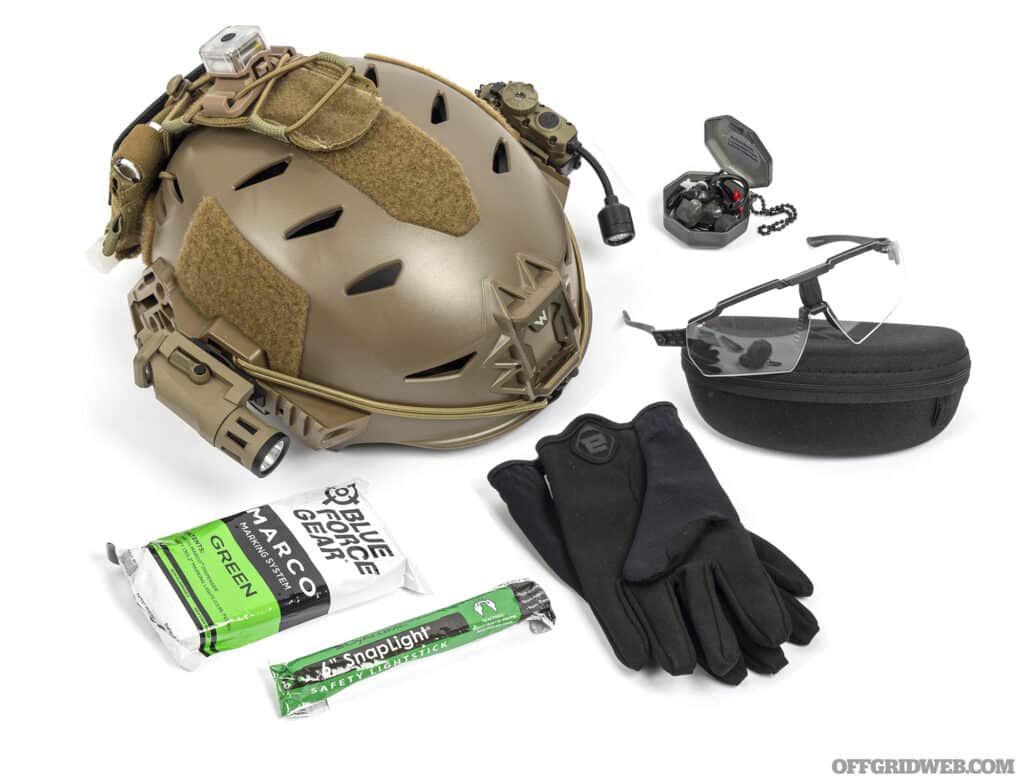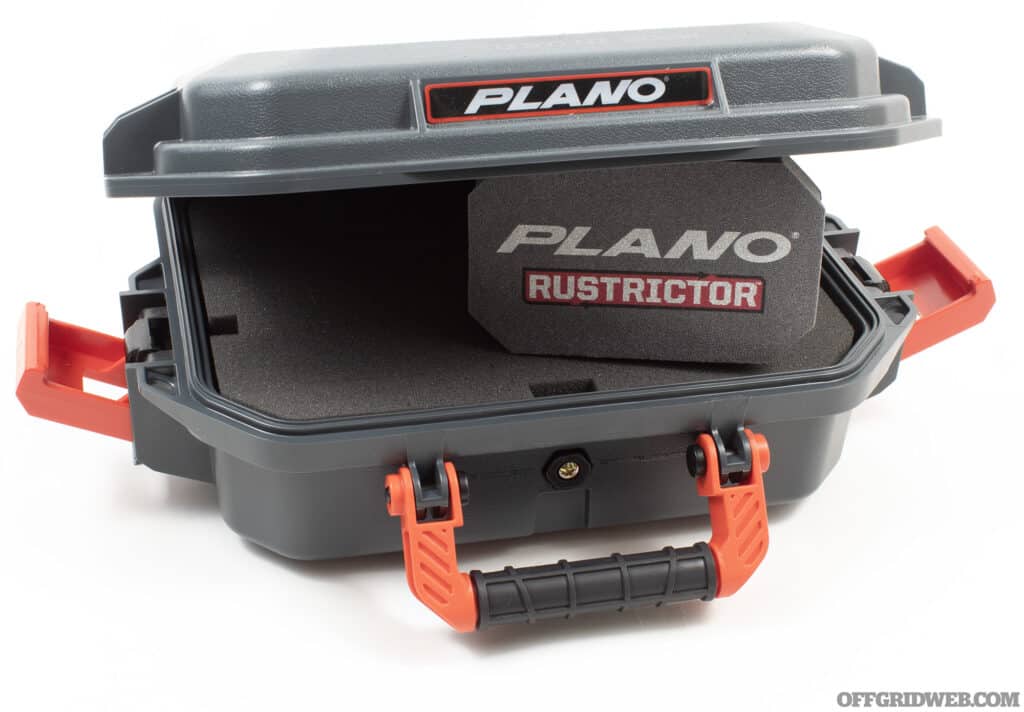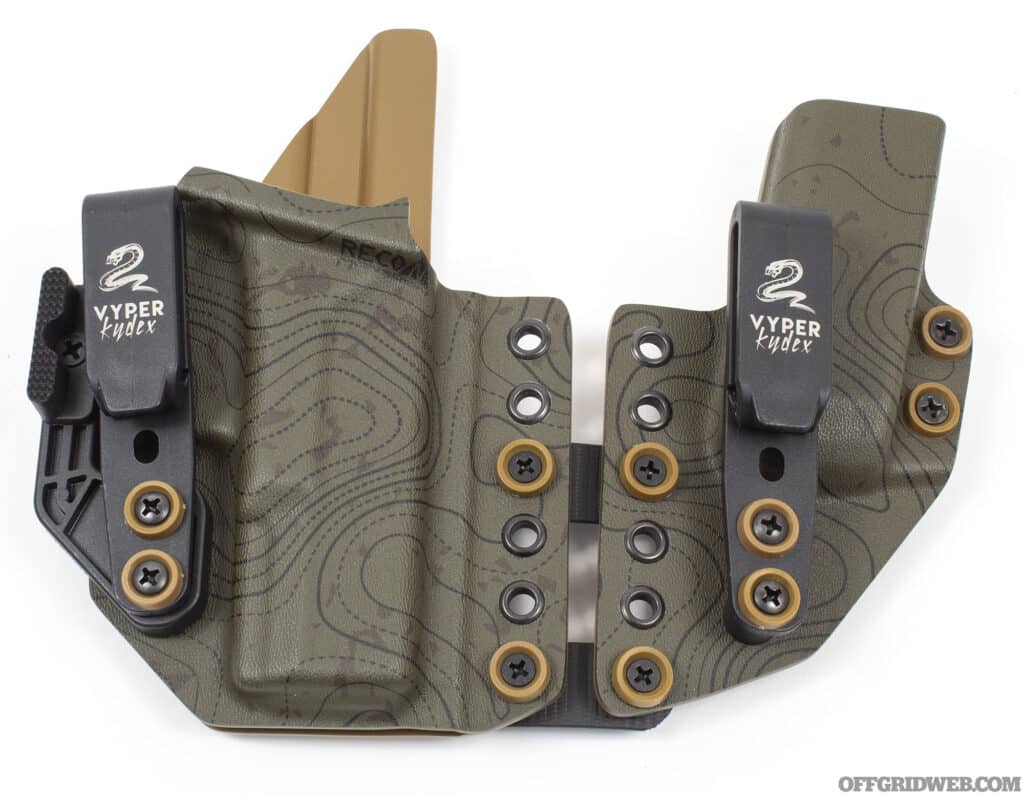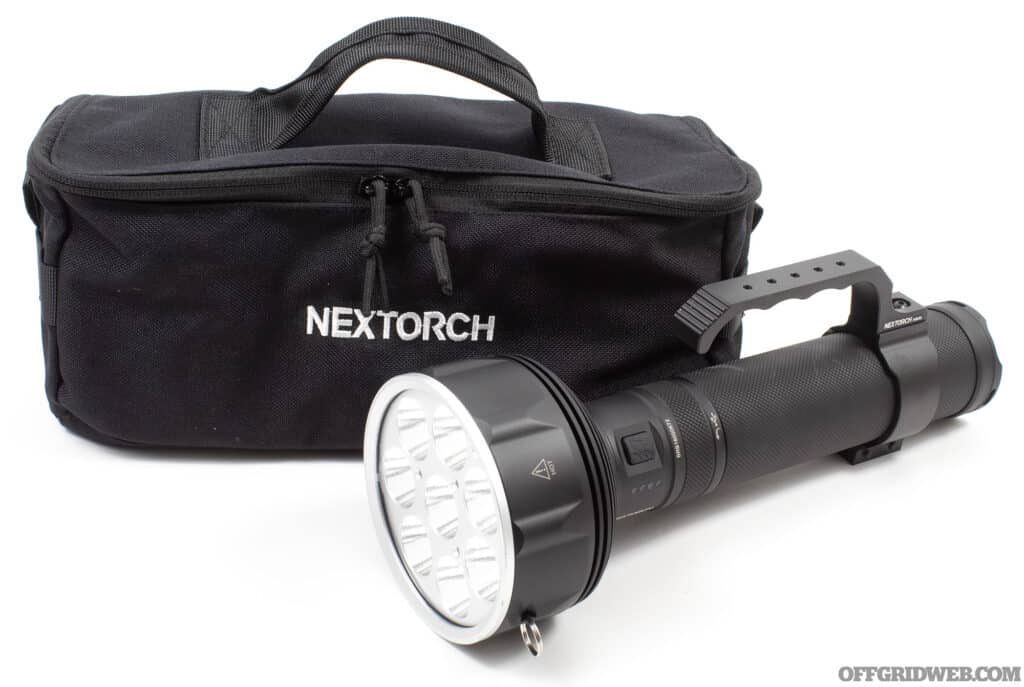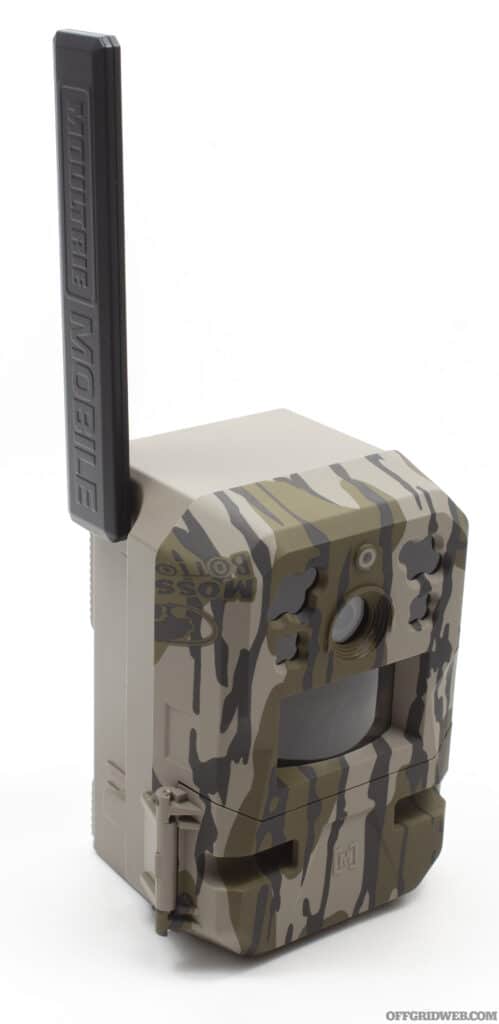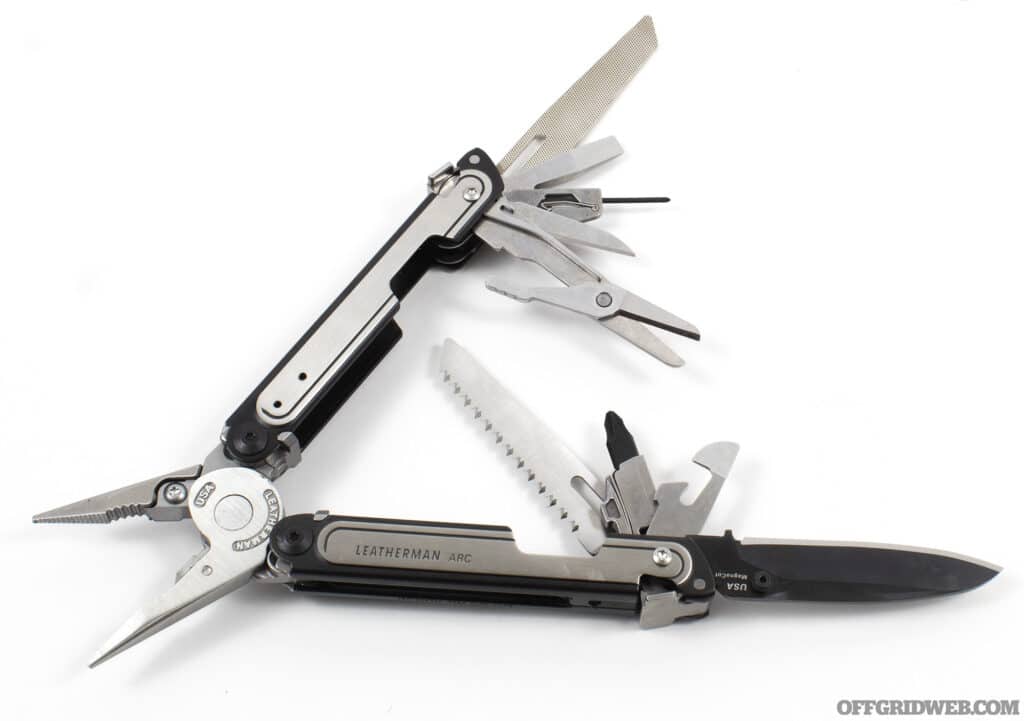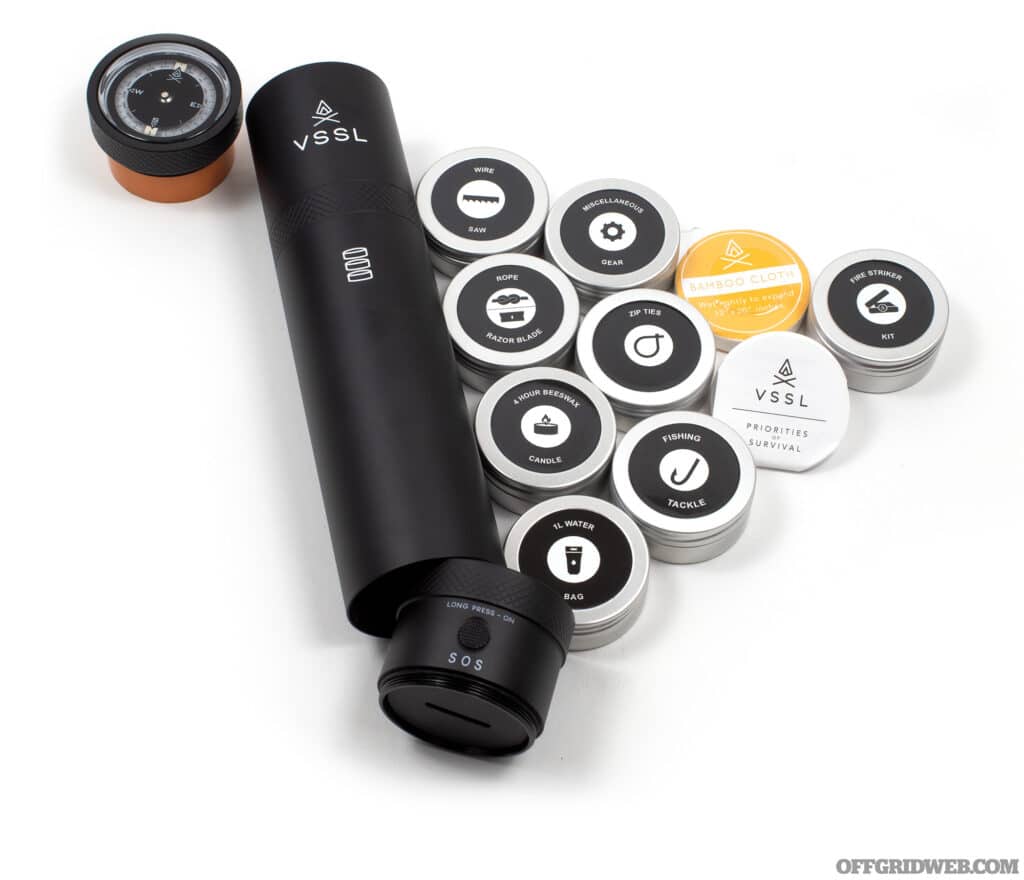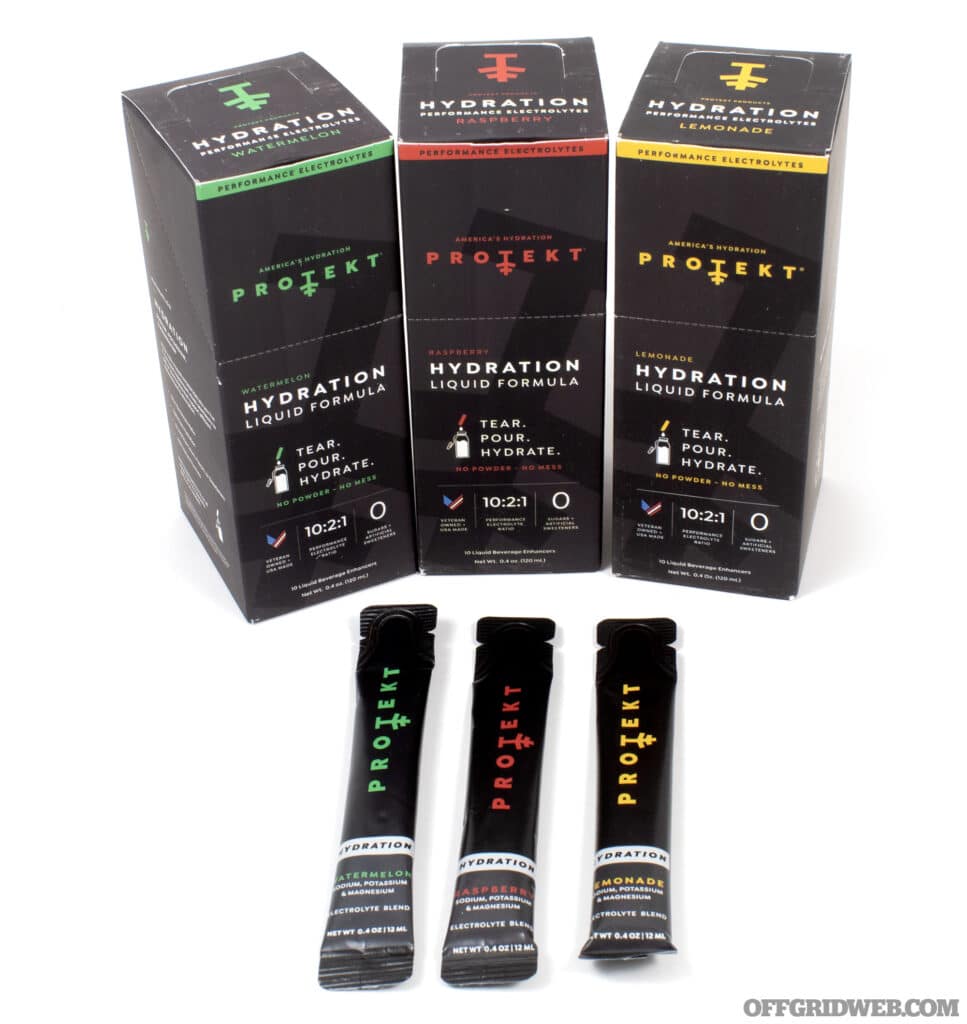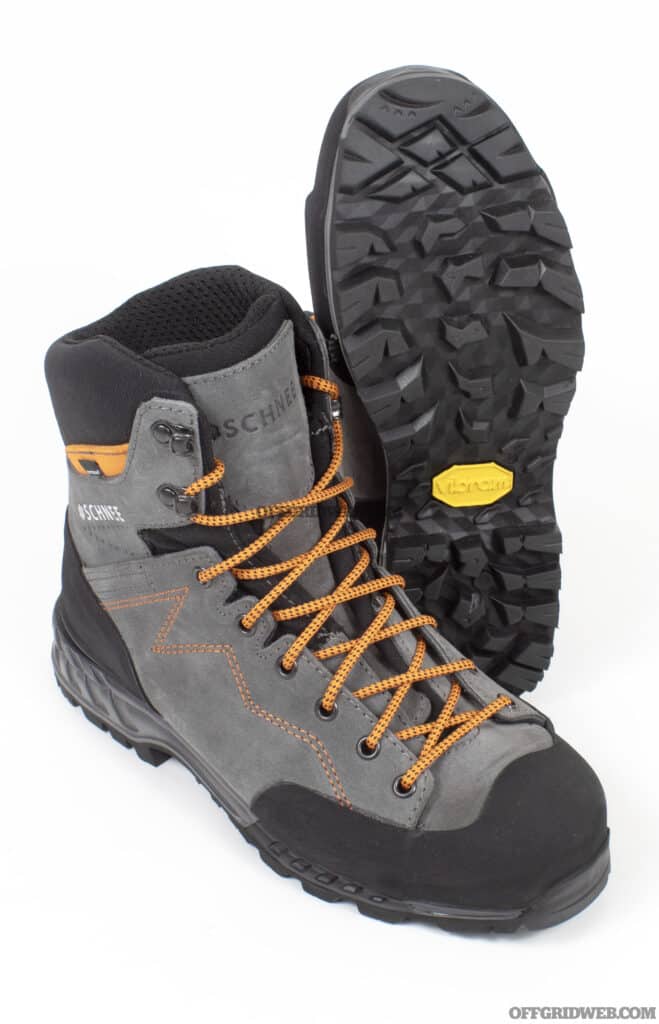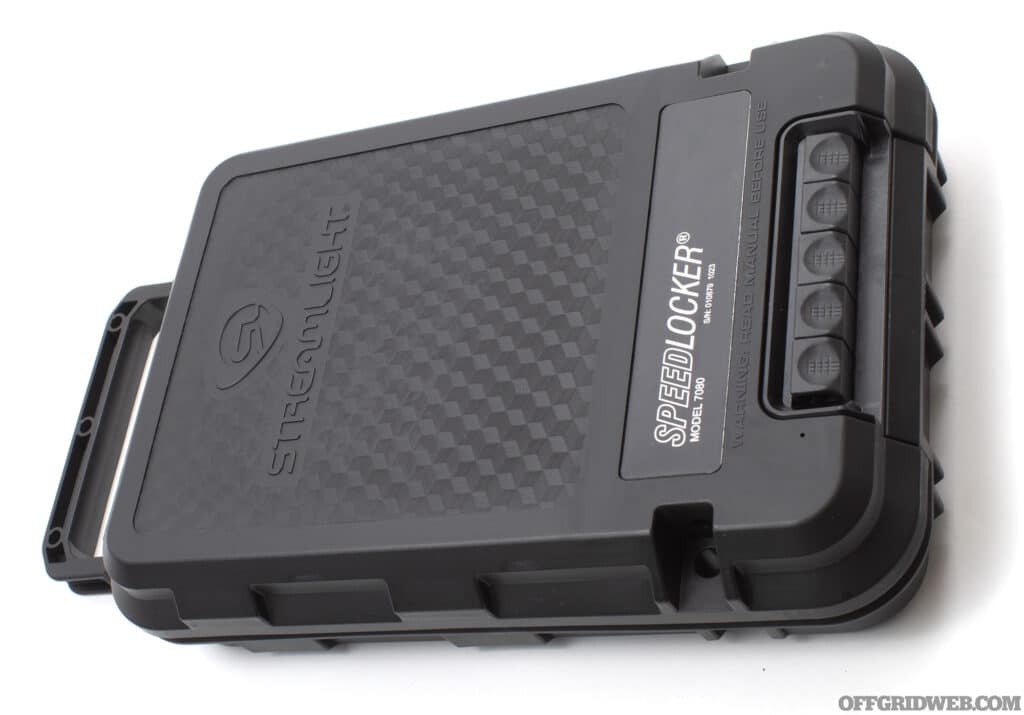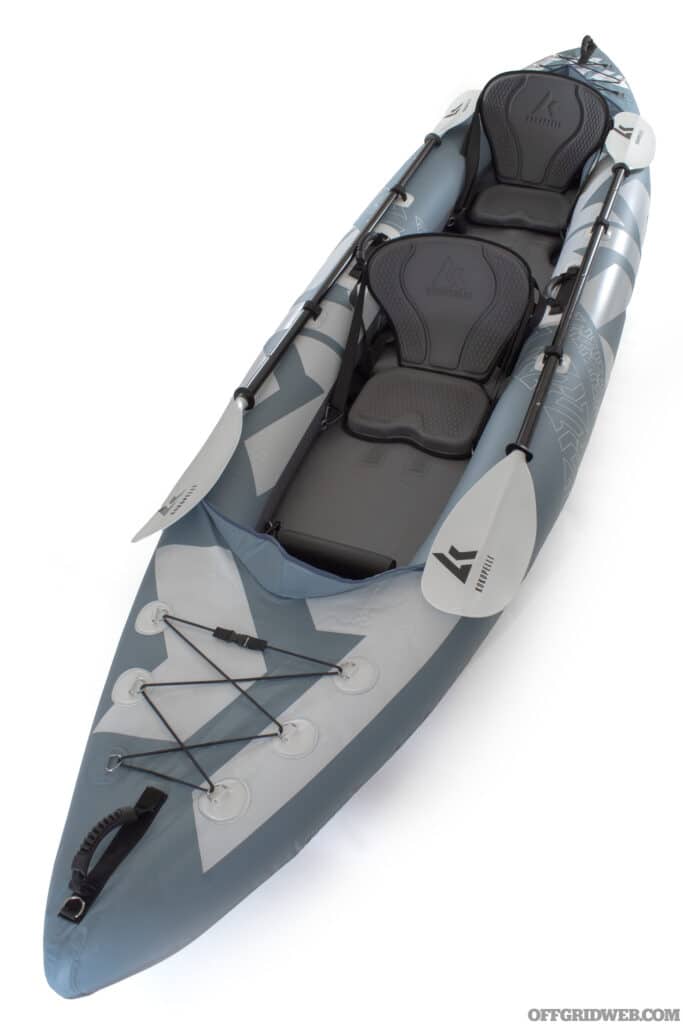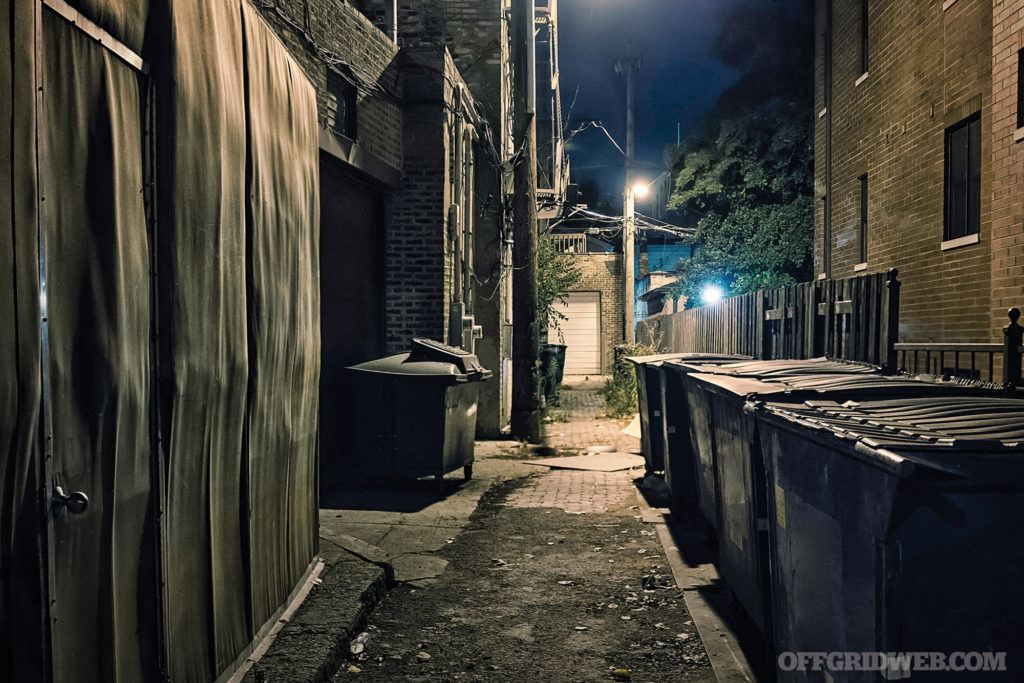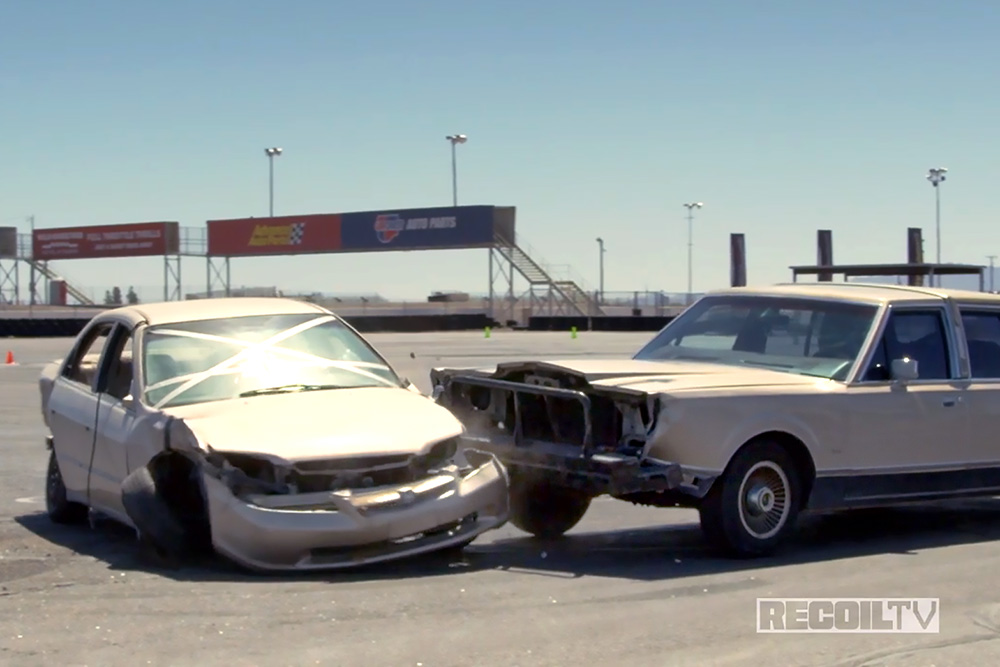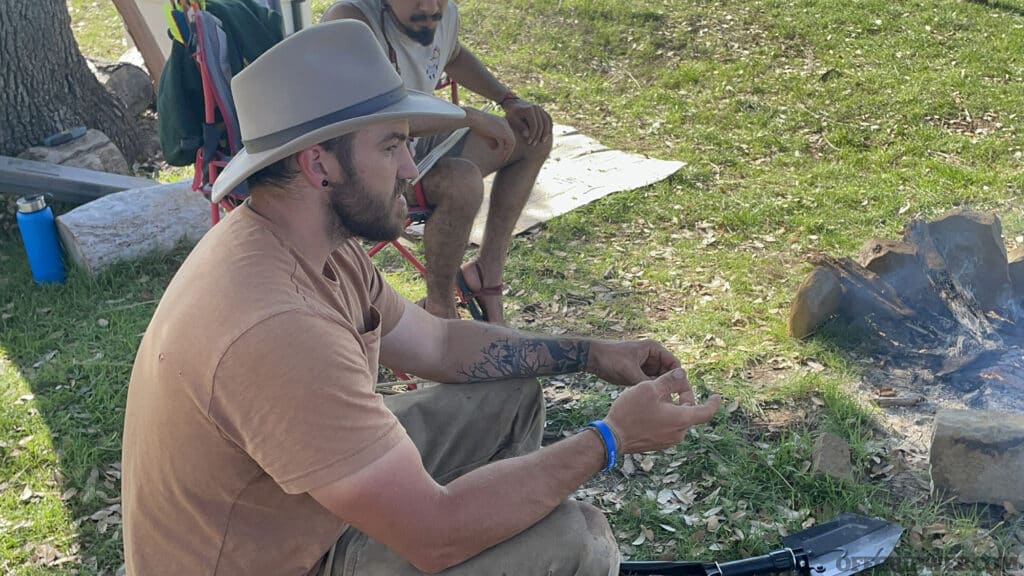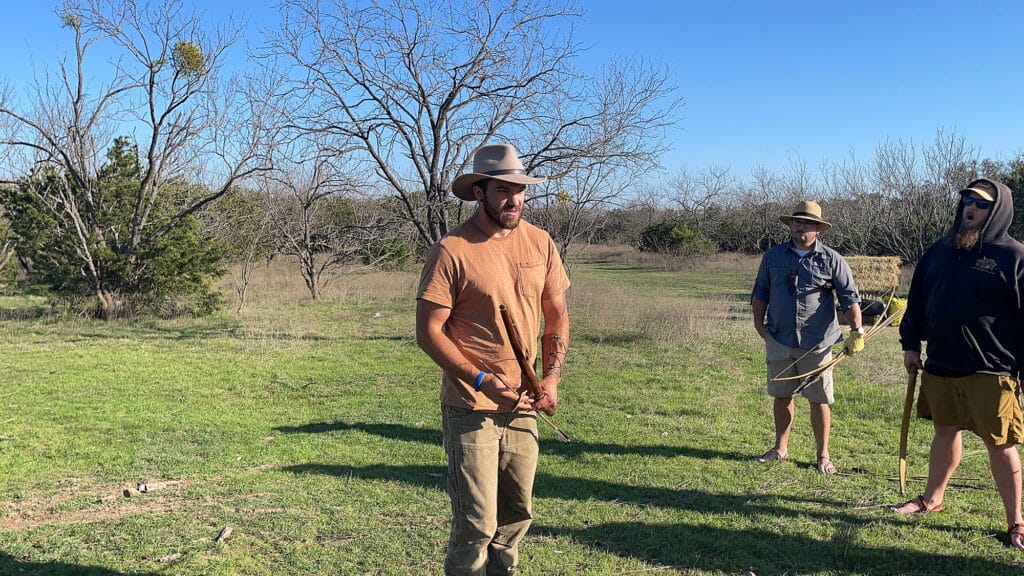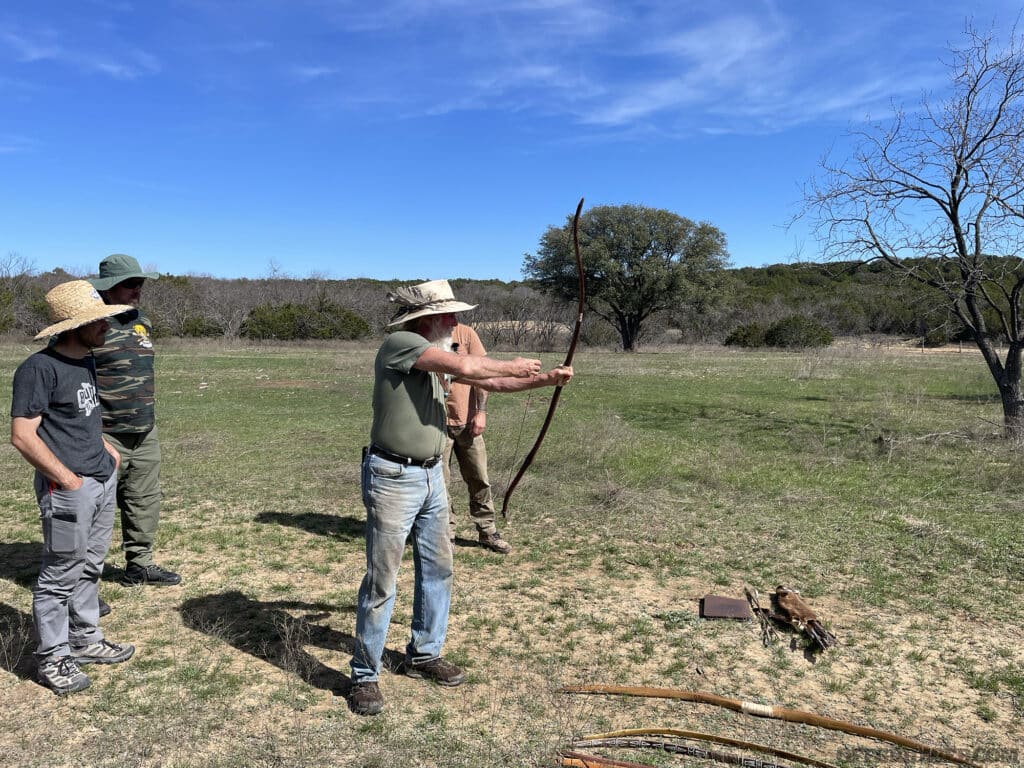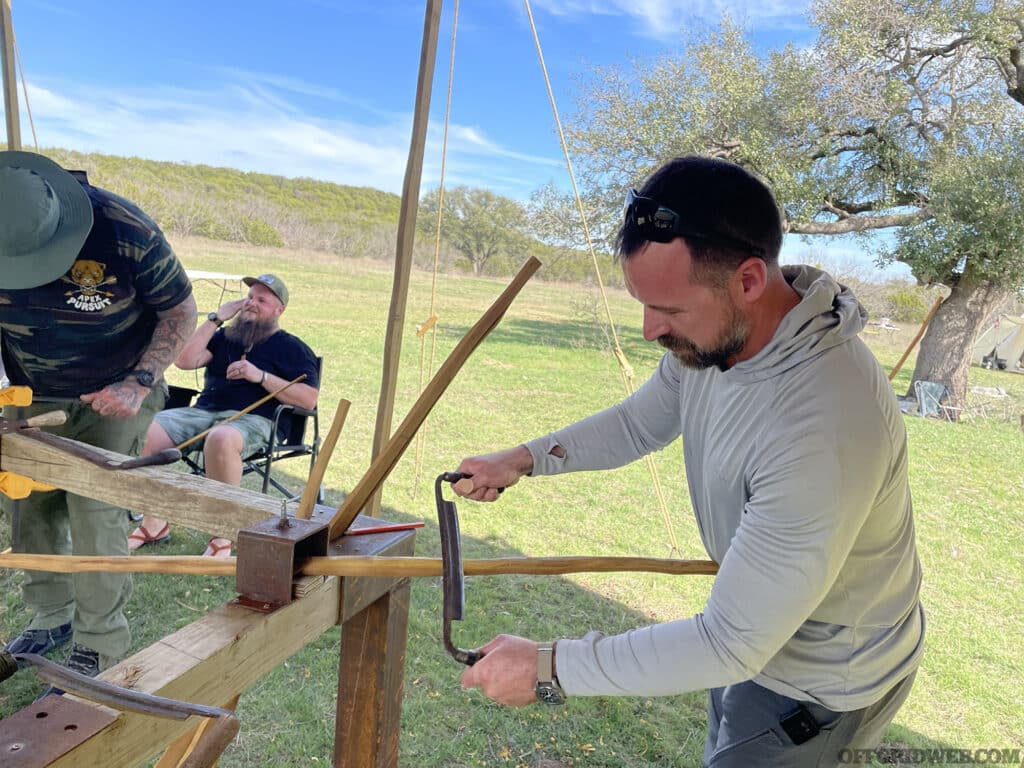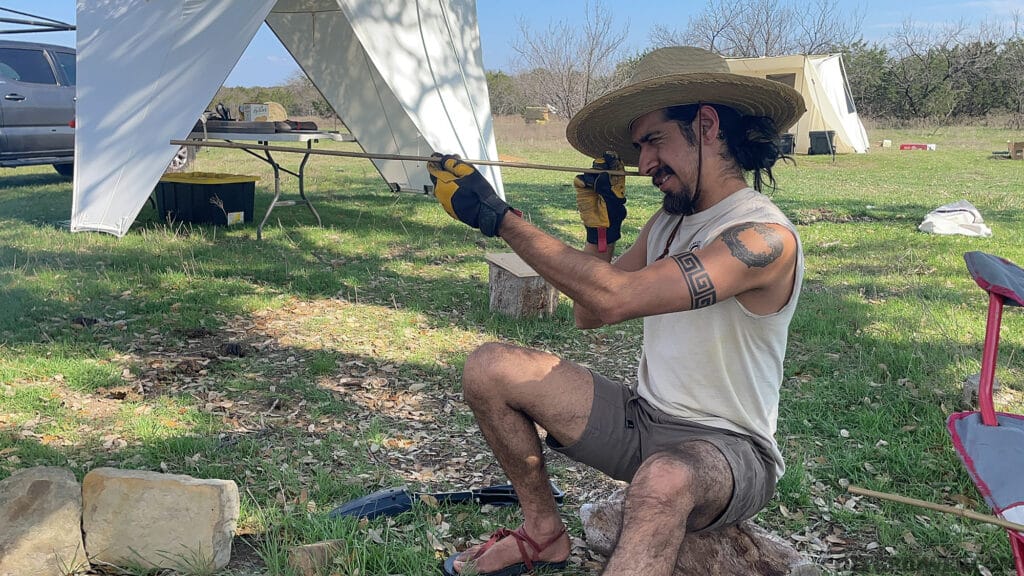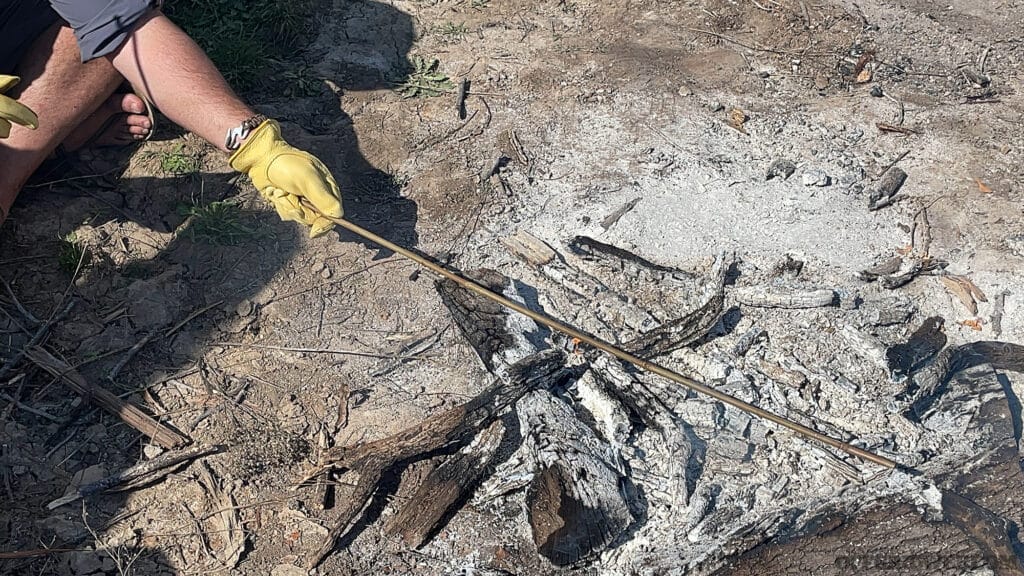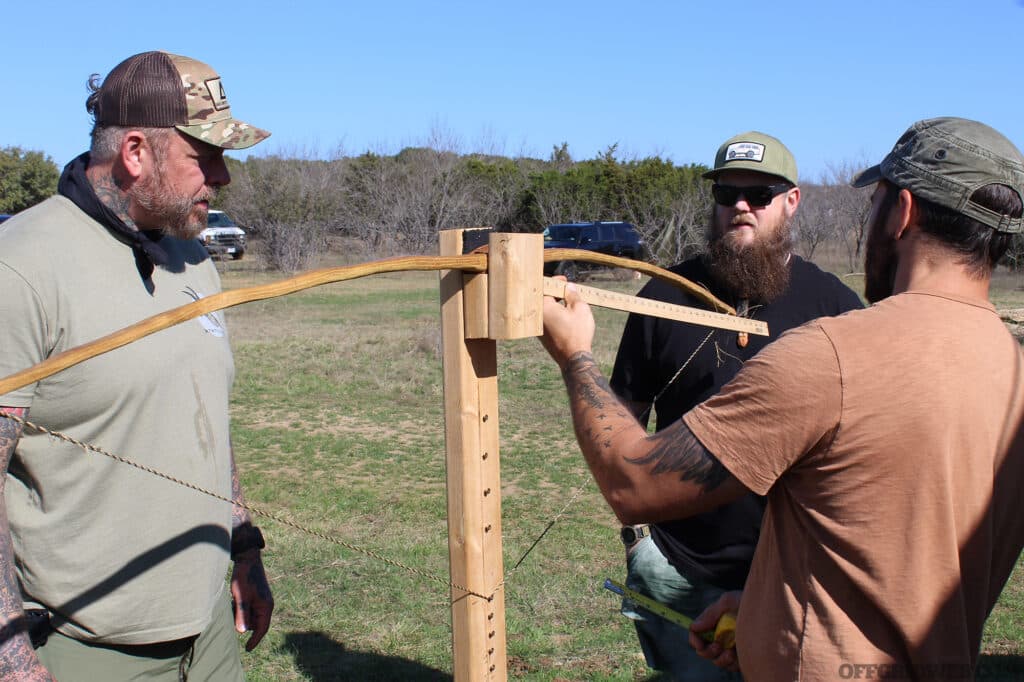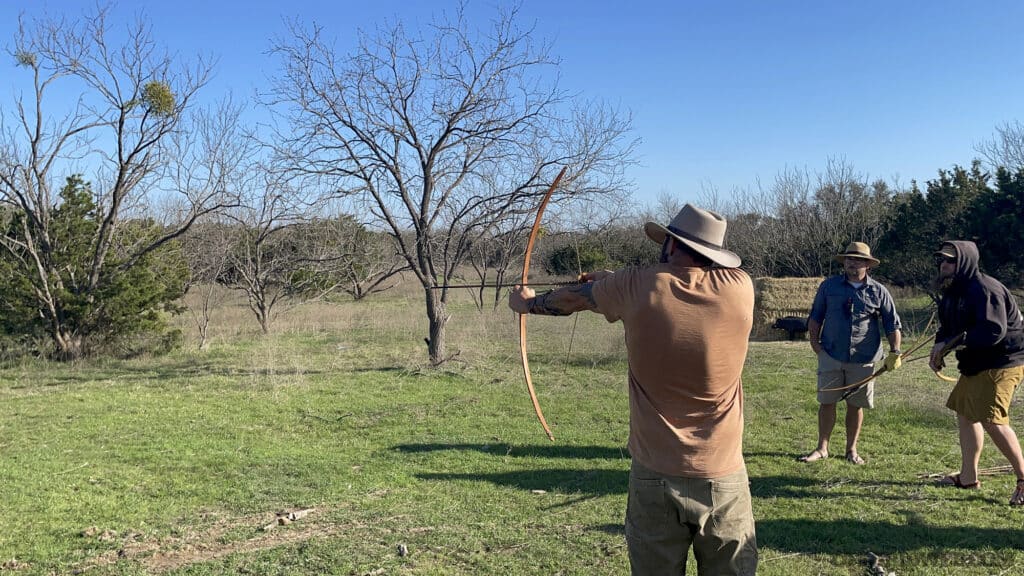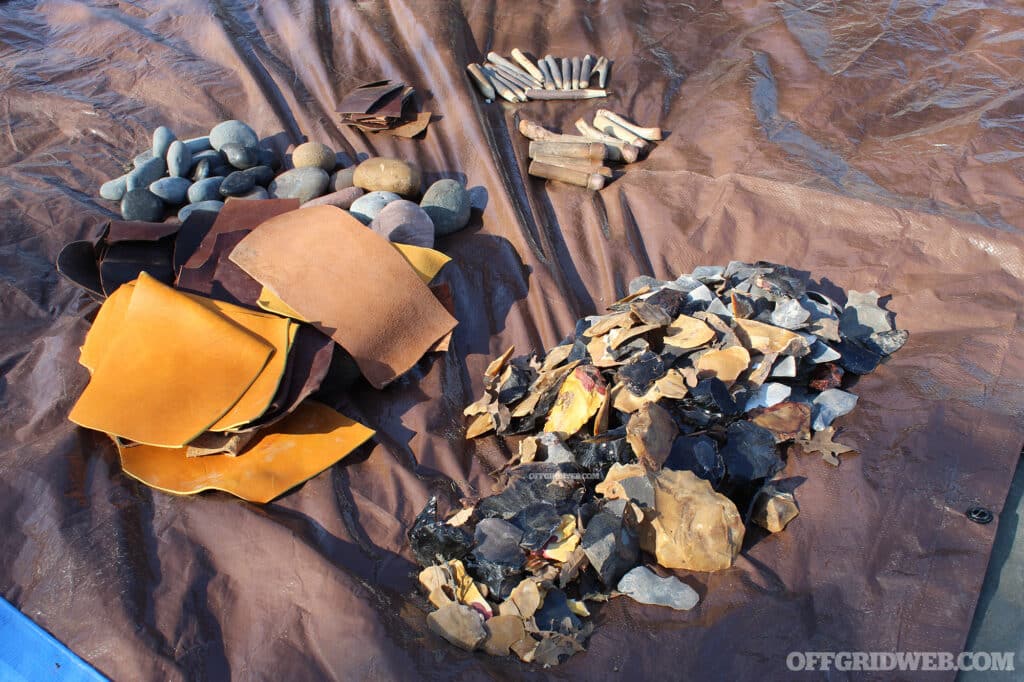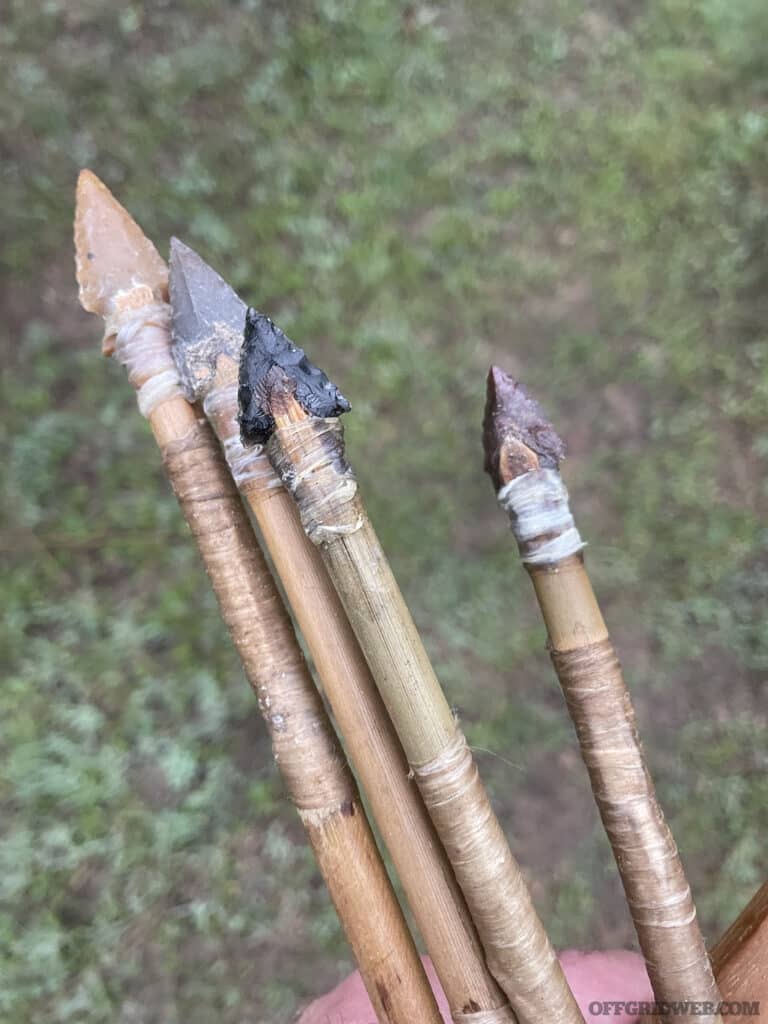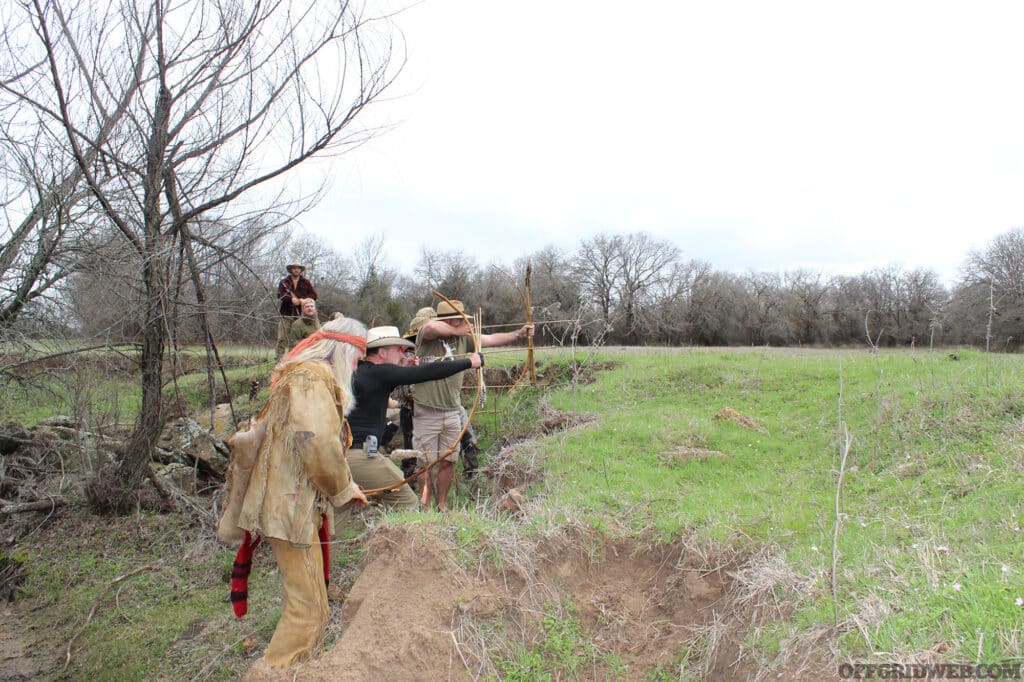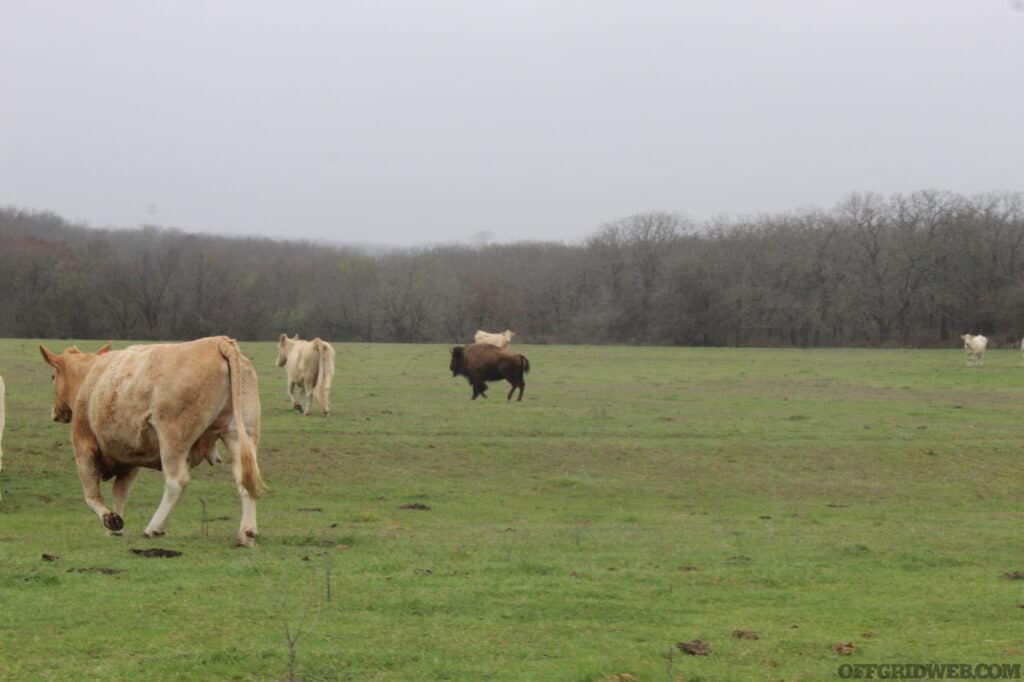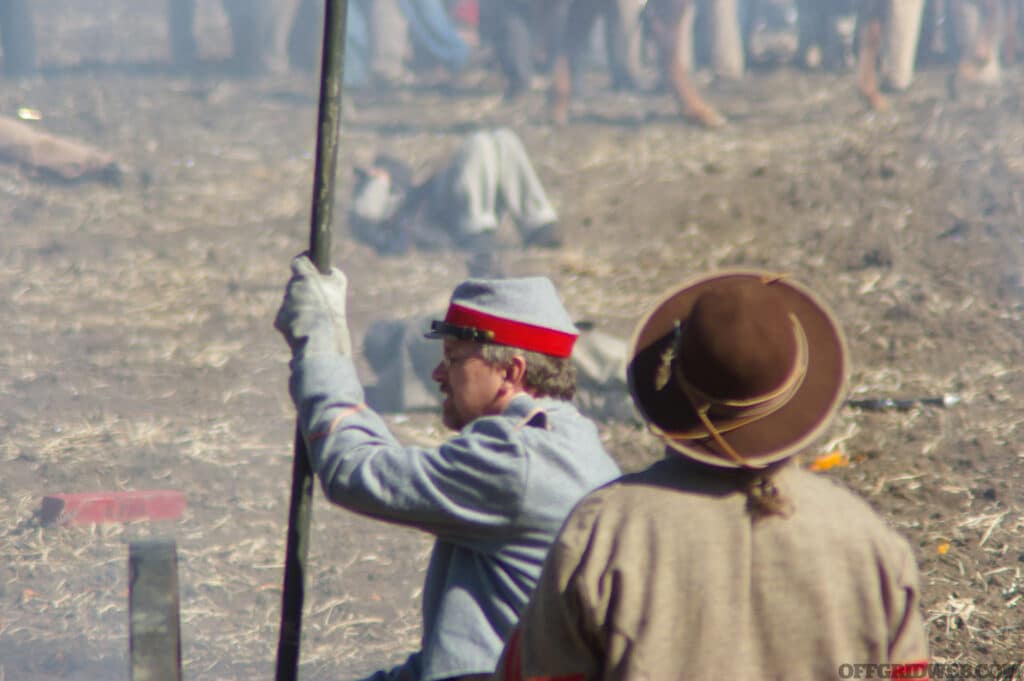In This Article
One of the fundamentals of fighting well is to know your enemy. When we’re talking about fighting violent crime and criminals, there are a lot of varied opinions. Some people see violent criminals as victims of a flawed economic system or argue they’re just mentally ill, while others see them as cunning rational actors engaged in rational acts. Hopefully, the essay that follows will give you a quick summary of who criminals are, how criminals think, how they pick their victims, and how to truly win confrontations with them.
Any time we’re generalizing, we must be careful to remember there are always exceptions. The discussion that follows reflects the reality of a Western country with a somewhat intact legal system and a place where scarcity is a forgotten concern. As we move away from these realities, the general advice that follows will likely change.
Criminal Motivations
The first question we must ask ourselves is what drives someone to commit a violent crime? When violent crimes are committed, most experts agree there are two main motivations and a third special category that’s a combination of both. Generally, violent crimes are either instrumental or expressive.
Instrumental Crimes
In these crimes, the criminal is looking to achieve a rational goal. For instance, the criminal will use force or the threat of force to take something of value. Whatever is taken is then sold or traded to obtain something the criminal really wants, from drugs to groceries. Crimes such as these are easy to understand — we may not agree with the methods, but the desired end state is something we all pursue by going to work.
Expressive Crimes
The other common motivation for violent crimes is known as expressive. In an expressive crime, the crime itself is the goal, mostly to send a message. These crimes are scarier because the act used to send the message doesn’t seem rational to the normal person. The non-criminal just can’t understand what the desired end state was and why such methods would be used to achieve it. Expressive crimes tend to be more horrific — such as a Jihadi motivated bombing, a drug cartel decapitation, or a mass shooting. What normal people see as “overkill” is actually part of the message — it reinforces the communication that the criminal wants to send.
What many people don’t understand is that the criminal may be seeking something other than easy financial reward. Unless one is robbing drug dealers, it’s very hard to “make a living” committing street robberies. Most people don’t carry that much cash these days and the return on selling stolen goods just isn’t that great. It’s important to remember that what the criminal seeks to gain is the thrill of power, of watching another person cower and bend to their will. While the criminal will take your iPhone or wallet and gladly spend the money, they’re also gaining a hedonistic thrill by doing so.

Above: Avoid focusing on your cellphone in public. It communicates a lack of awareness, and also displays a valuable item that can be snatched from your hand.
Instrumental-Expressive Crimes
Such circumstances create the peril of the third type of criminal motivation — the instrumental-expressive crime. In an instrumental-expressive crime, the criminal starts out with a very rational motivation — typically, they want to get paid. At some point during the crime, the victim does something that offends the criminal. It could be ineffectively offering physical resistance or saying something that’s seen as disrespectful. Very quickly, the crime turns to an expressive one — the victim has done something that makes the criminal take the affront personally. What was a forced business transaction suddenly becomes the need to send a message that the bad guy isn’t someone to be trifled with.
For this reason, initial compliance is almost always the best response to a violent crime when it cannot be avoided and when you don’t have the initiative to retake control of the situation. In that case, you need to give the criminal what they’re looking for — both your valuables and the meek demeanor of compliance they have come to expect (possibly the main reason they’re engaged in the attack).
Half efforts of resistance and verbal barbs aren’t appropriate here — they’ll cause the robber to take your attack personally, and the violence will often escalate from that of a threat to an actual act. It’s essential that you “wait your turn.” Don’t resist until you’re reasonably sure of success or you’re convinced you have nothing to lose.
Types Of Criminals
If those are the motivations, the next question we need to answer is what kind of person would have such motivations. While there may be a lot of agreement on the motivations that drive criminality, how to classify criminals and if such classification is even possible is a hotly contested subject. What follows won’t be found in any contemporary psychology textbook but will be a very useful way to think about this topic.
We can think of criminals as the result of the culture in which they were raised, the wiring of their brain, and an early exposure to violence. For some, their criminality will be driven almost exclusively by the culture in which they’re raised. In others, the actual structure of their brain may better explain their criminality. In either case, an early exposure to violence will be the final determinant.
Coleman Hughes once said, “culture is another name for all of the values, desires, aspirations, and habits you grow up with.” Even a person with a typical brain will tend toward criminality if they are immersed in an environment where guile, deceit, and violence are part of their everyday existence. Criminals from this background honestly believe that such behavior is normal. It is their standard way of interacting with the world. While people with a more conventional upbringing (from communities where violence is rare) may see this behavior as maladaptive, it is not maladaptive for the world of the criminal.
Criminals are adapting to their environment, and the ability to use violence is a highly effective tool in their ecosystem. As part of this cultural indoctrination, in-person exposure to violence is arguably the most important factor. Someone whose environment is filled with the use force to coerce others and who experiences violence themselves will develop the ability to offer violence as a natural survival mechanism. And their willingness to use violence will skew toward the proactive side.
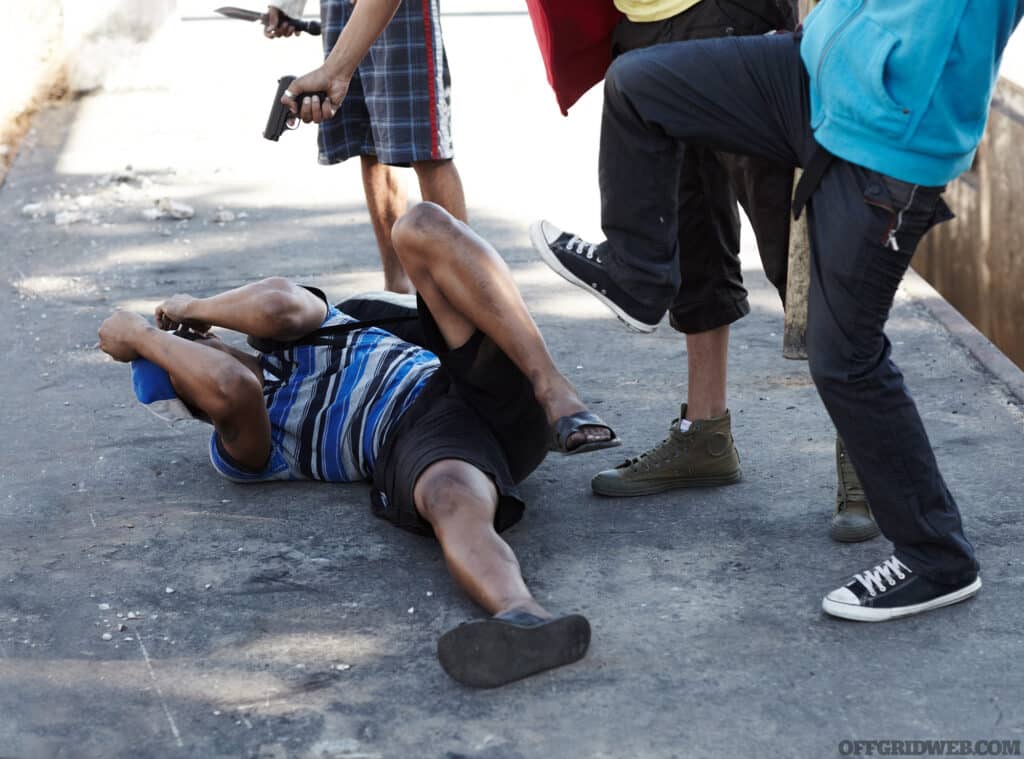
Above: Gang members have often been immersed in a culture of violence since childhood and are more likely to use it expressively to send a message than an average street criminal.
Thanks to complex brain imaging devices, scientists can examine the structure of one brain and see how it compares to other brains. They can see if certain parts are over or underdeveloped. We have learned that upon careful examination, the brain of a psychopath is objectively different. The overall differences can best be thought of as controlling how much empathy a person can generate.
The more the brain structures deviate from what’s typical, the greater the potential for antisocial behavior, including violence, will be. It’s important to note that having an atypical brain structure doesn’t guarantee criminality. Plenty of people with atypical brains lead law-abiding lives. It typically takes an event or series of events, such as exposure to violence or sexual assault, to reach the tipping point toward criminality.
When we try to understand criminality, what we see is a complex interplay between someone’s culture and their actual brain structure. We can think of criminals as falling into three broad categories:
- Antisocial
- Sociopathic
- Psychopathic
Antisocial criminals are the overwhelming result of their culture and may have totally typical brains. Psychopaths are the opposite. They tend to be the overwhelming result of brain structure with minor cultural influences. Sociopaths are a middle ground between the two. Sociopaths are a more even mix between culture and wiring. People with the wiring to be sociopaths aren’t always criminals. The determining factor seems to be an immersion in a world of violence when they’re younger. There are many professions where sociopaths can flourish, essentially the lack of empathy for others can be an advantage in occupations such as CEO of a large company.
When discussing those whose criminality is more the result of brain structure, there’s an important difference to note. Both sociopaths and psychopaths show an ongoing lack of empathy for others. Both sociopaths and psychopaths will hurt others to get what they want. What separates the two is that a psychopath will enjoy the hurting of others. The sociopath will see the infliction of pain as something that was necessary to get what they want. The sociopath simply won’t care about the suffering of others, but they won’t necessarily enjoy the act itself. They certainly won’t seek to inflict pain to amuse themselves in the sadistic fashion associated with psychopaths.
What About Gangs?
There’s one more special case you should be aware of and that’s the gang member. Gang members are a particularly dangerous subset of criminals. Their danger comes from their life experiences, their motivations, and their tendencies toward expressive violence. The FBI has done extensive research on gang members who attacked police officers. They found that when gang members assault police officers, their primary goal is to kill the officer instead of the more typical goal of escape.
The gang lifestyle means that gang members have been committing crimes since they were young, typically starting at age 9 and carrying weapons since age 13. Many have already engaged in violence, earning the title of “street combat veteran,” and almost 40 percent have committed a prior murder.
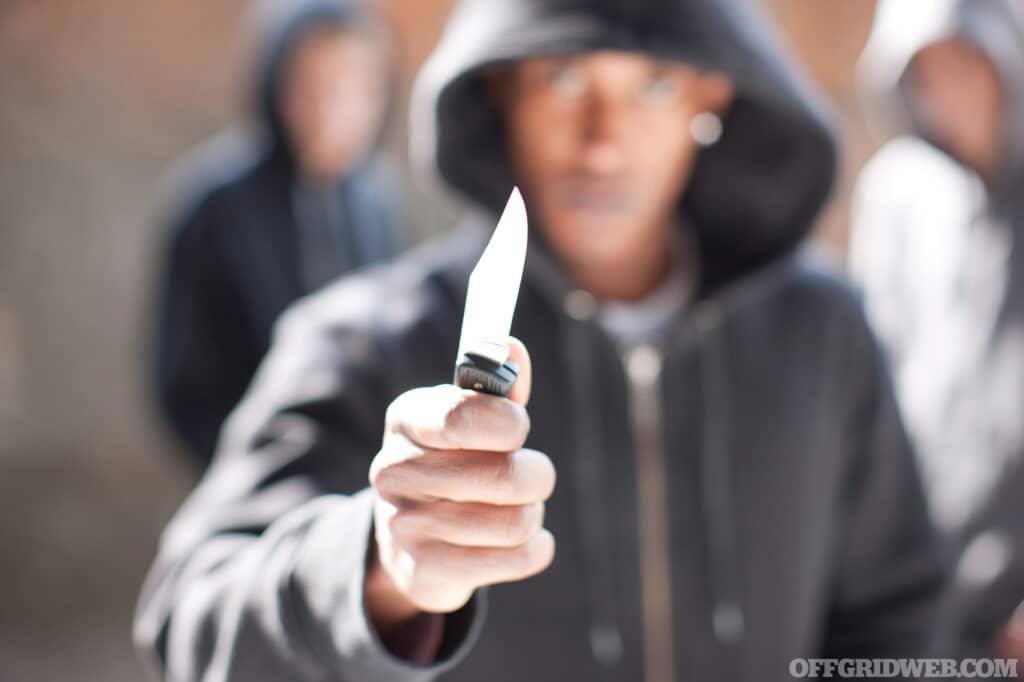
Above: Instrumental crimes are easy to understand and have a rational goal — typically money or valuables. The goal of expressive crimes is less tangible, such as a feeling of power or superiority.
For gang members, their personal reputation and the reputation of the gang is everything, and much of that reputation is built on expressive violence. One of the easiest ways to encounter a sociopathic person with vast experience in applied violence is to offend a gang member over something you see as minor or insignificant. Your values will not be used to judge the desired outcome of such an event.
I offer this explanation of the different types of criminals to make an important point. You never know what kind of criminal you’re going to encounter, and often, the type of criminal is only apparent by how much mayhem they leave in their wake. What you must absolutely understand is that there are people out there who are more than willing to engage in violence to get what they want. Some will look forward to the use of violence and use it to fuel their warped fantasies. Some of these people won’t stop when they get whatever material good was the target of the initial crime.
There are genuinely evil people who will take profound glee in your suffering and the suffering of your loved ones and will actively prolong that suffering for no reason other than it makes them happy. Just because this doesn’t make sense to you doesn’t make it any less true.
Victim Selection
While we often use the term “random violent crime,” a check of the research on victim selection finds very few truly “random” acts. Going back to 1981, researchers have been developing an understanding of how criminals pick their victims. We can go back even further to 1971 to see a different take on influencing victim selection.
Before we talk about the specifics of victim selection, let’s look at what it takes for a crime to occur. You need three elements:
- A criminal
- A victim
- An environment that facilitates the crime
Since our criminal justice system steadfastly refuses to remove criminals from decent society, we’re only left with addressing the other two options. The best way to avoid a crime is to not be there. Noted trainer John Farnam has offered many great insights, but his most applicable is “don’t go to stupid places with stupid people and do stupid things.” A great way to think of this is if you think you need a gun to go there, don’t go there.
Control the Environment
Certain places just make criminal assault easier. Poorly lit businesses are a great example. While 2 a.m. trips to the ATM are always a bad idea, driving a little further to the well-lit ATM with no nearby hiding places is the best way to improve a bad situation. A little scouting and foreknowledge goes a long way — like enough foreknowledge to not need cash at 2 a.m.
It shouldn’t be necessary to say in 2024 but “stupid things” includes consuming enough alcohol or drugs to impair our judgment and to make it noticeable to others. Also, think about where you live and the property you control. Simply making sure an area is well-lit and has a few cameras (which are extremely cheap and easy to install these days) goes a long way to minimizing its appeal to the criminal class.

Above: Sociopathic criminals perceive their crimes as a means to an end, and don’t care about the suffering of anyone they victimize.
Control Your Appearance
In most areas, there will be a lot of potential victims, so we need to understand what makes one person more likely to be picked than others. Researchers can offer explicit details on the factors in one’s walk that makes them mostly likely to get picked. We know that people assess someone for victimization very quickly – like in 1.5 seconds. If I could summarize all the research, it’s simply how “fitly” one walks.
Criminals want to know your overall level of physical fitness — to answer the question of how well you could physically resist an assault and how effectively could you flee. If opportunistic criminals were lions at the watering hole, they simply pick the gazelle with a limp, not the one in the running shoes.
This is a great example of how we subtly, and often unconsciously, broadcast information into our environment. Researchers have found that the clothing women wear can affect their selection as victims. For instance, wearing clothing such as skirts and high heels that limit one’s ability to run or fight, can increase the odds of being picked if the wrong person is paying attention.
There are other ways we communicate our suitability as potential victims. Criminals prefer to attack from a position of surprise and don’t want victims who could potentially identify them. If you simply pay attention to who’s around you and what they’re doing, you send the subtle message that you’re not easy prey.
As part of this, you have to accept that public cell phone usage sends the message that you’re easier pickings than most. Not only does the cell phone distract you, but you’re waving around an expensive electronic device that can be sold for quick cash. Similarly, another message you may be sending reveals whether you’re a high-value target or not. Ostentatious displays of wealth are great for a social gala where violent predation is less of a concern. However, when transiting unknown areas, such displays are less desirable as they may shift the risk/reward analysis in favor of an attack.

Above: Do your best to avoid environments that facilitate crime. This includes places like isolated alleyways, but it can also refer to times of day or the presence of security/surveillance systems.
Strategies For Winning
Before delving too deep, we need to recognize what exactly “winning” means. The stakes are different if you have an obligation to render violent criminals to the criminal justice system — in other words, if you’re a law enforcement officer. For anyone who isn’t a cop, your goal is to make it home to whatever you hold dear in the most intact way possible.
You really don’t want to be involved in a shooting or gunfight even if you “win.” Besides the obvious danger of the event itself, there are very real risks posed by the criminal side of the courts as well as the civil side of the courts. You need to stay out of both criminal court and bankruptcy court. It’s entirely possible for you to “win” your gunfight but end up destitute.
Depending on where you are geographically, the old saying “the process is the punishment” applies when it comes to dealing with the aftermath of a shooting. Even if you’re eventually found not guilty of criminal charges and any civil suits are thrown out, the process of defending yourself in court is tremendously expensive, time-consuming, and disruptive to your life. Until our nation’s attitudes about pro-social violence change, this is the world in which we live. We have to accept it and adapt to it.
Deselection
As a rule, our goal is deselection. When the criminal encounters us, we want them to form a “restraining judgement.” We want the criminal to look at us and say to themselves “not that one.” The criminal may very well attack the next person who comes along, but that’s sadly not our problem — see the paragraph above for the reasons why. To be deselected, we really need to be facing an instrumental criminal. An instrumental criminal will be a rational actor making rational decisions and is likely weighing their options from a risk versus reward perspective.
If you’re dealing with an expressive criminal, the calculus is entirely different. The expressive criminal is far less likely to form a restraining judgement. In fact, victim selection may be part of the message that’s being sent. Expressive crimes are resolved by overwhelming violence, not by sending subtle messages. When you’re faced with being the victim of an expressive crime, the final outcome has already been determined — it’ll be violence. The only question at hand is whether you’ll be giving or receiving. The more quickly and definitively you can offer violence, the better off you’ll be.
As long as you’re dealing with an instrumental criminal, you have different types of deselection that may help form the restraining judgement you want.

Above: Deselection is the best way to “win” an encounter with a criminal. It can be general, specific, or — if all else fails — violent.
General Deselection
The first form of deselection is mostly what you broadcast into the environment that conveys you are not “worth it.” Examples of general deselection include appearing alert and capable. The FBI was nice enough to codify these traits for us. They recommend conveying that you are:
- Alert and attentive
- Formidable and physically fit
- Prepared
The other aspect of general deselection is to not appear as “high value.” As noted above, if the criminal is weighing the risk versus reward aspects of an encounter, you don’t want to announce you’re a more lucrative target than most.
Specific Deselection
This is the next level of deselection. While there are exceptions, not all violent crimes are marked by unannounced, sudden violence. In wild oceans, sharks will often “bump” potential prey to determine what it is and how much threat it poses. The shark is essentially interviewing the object of its interest to make a risk versus reward determination. In much the same way, criminals will interview or “bump” potential victims. They’ll do this by attempting to engage potential victims in conversation such as asking a favor or making a benign demand.
In the process, the criminal will close the distance to one that favors them. If the victim engages in conversation and/or allows the criminal to get too close, the criminal’s assessment of vulnerability is being confirmed. For a variety of reasons, crime tends to take place at close distance — an arm’s length or two away. Your goal as the defender is to thwart these attempts through verbal agility and maneuver to avoid proximity.
As you move, make sure a second criminal isn’t closing in on your blind spots. The master of specific deselection is Craig Douglas of ShivWorks and his MUC (Managing Unknown Contacts) material. Douglas has a four-hour-long curriculum to address this problem, and it cannot be recommended highly enough.

Above: If you appear alert to your surroundings, physically fit, and prepared to defend yourself, you’ll greatly reduce your likelihood of being victimized.
Violent Deselection
Our final form of deselection can be thought of as “violent deselection” or “forced deselection.” At this point, our general and specific attempts at deselection have failed and an attack is under way or imminent. At this stage, you’ll have to offer force or the threat of force that shows an equal or greater commitment to violence than that of your opponent. Your attempts must be sincere and credible. Threatening someone with a gun may not be enough. Shooting someone may not be enough.
The same FBI research tells us that 36 percent of serious criminals have already been shot at least once, either by the police, other criminals, or both. You have to convince your aspiring attacker that they have miscalculated the risk versus reward analysis, and they need to leave you alone and retreat or face certain destruction.
Our goal is to break contact as quickly as we can do so safely. We don’t want to hold criminals at gunpoint. Most already have plans on how to handle such situations and most will have more experience than you. Also, if you’re in public, you don’t want to be the one holding a gun when the police eventually show up. You have no obligation to render anyone to the criminal justice system. Your best bet is to convince the criminal to leave the area posthaste and then do the same yourself. If you displayed a weapon, make sure you report it, as you do not want a retaliatory 9-1-1 call to report that you committed an aggravated assault.
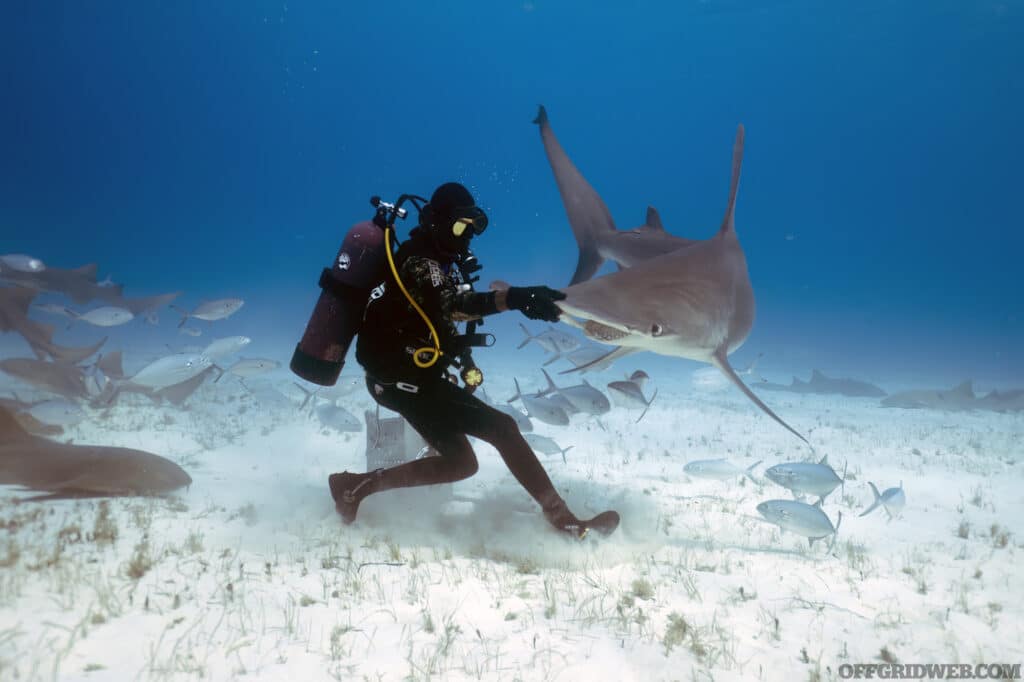
Above: Much like sharks “bump” foreign objects in the water before taking a bite, criminals may approach potential victims to gauge their response immediately before an attack.
Closing Thoughts
Hopefully, you now have a better understanding of what the typical motivations for violent crime are, what types of people commit violent crime, how victims are selected, and some of the more effective responses to violent crime. As the briefest scan of the headlines will show you, violent crime is an ongoing, legitimate concern that appears to be worsening. Your best bet is to accept the reality of the threat and carefully consider what messages you’re sending. You’ll send information whether you want to or not.
You must decide whether you wish to communicate that “you aren’t worth it.” There are those out there who will seek to capitalize on your decency and naivete for their own benefit. Let them know that you’re aware of them and that you’re not an easy target — let them pick someone else. Remember, you aren’t an action hero, and this isn’t a movie — get back to what you hold dear in the most intact way possible.
Note: This essay owes a huge debt to the prior work of William Aprill (1966-2020). Any brilliance is likely the result of his work and his previous contributions to the field of pro-social violence.

Above: FBI research shows that more than a third of career criminals have already been shot at least once. For these individuals, showing that you’re armed may not be enough of a deterrent to stop an attack.
About the Author
John Hearne was a federal law enforcement officer for more than 30 years, serving primarily in uniform patrol. During that time, he was an instructor for firearms, tactics, active shooter response, and use of force as well as an armorer and a field training officer for his agency. Hearne has helped teach armed citizens, law enforcement officers, and military personnel across the country for more than two decades. He’s also a noted researcher and speaker and has been speaking at a variety of national and international venues since 2005. For upcoming seminars and webinars, visit twopillarstraining.com.
Read More
Subscribe to Recoil Offgrid’s free newsletter for more content like this.
- Safe In The City: Reducing Your Personal Criminal Risk Profile in Highly Populated Areas
- Car Theft Warning: The Criminal Use of Apple AirTags
- Keyless Car Theft: How Tech-Savvy Criminals Steal Cars
- What If You’re Surrounded by Aggressive Rioters?
- Tactical Awareness Kit (TAK): Ultimate Guide
Editor’s Note: This article has been modified from its original version for the web.

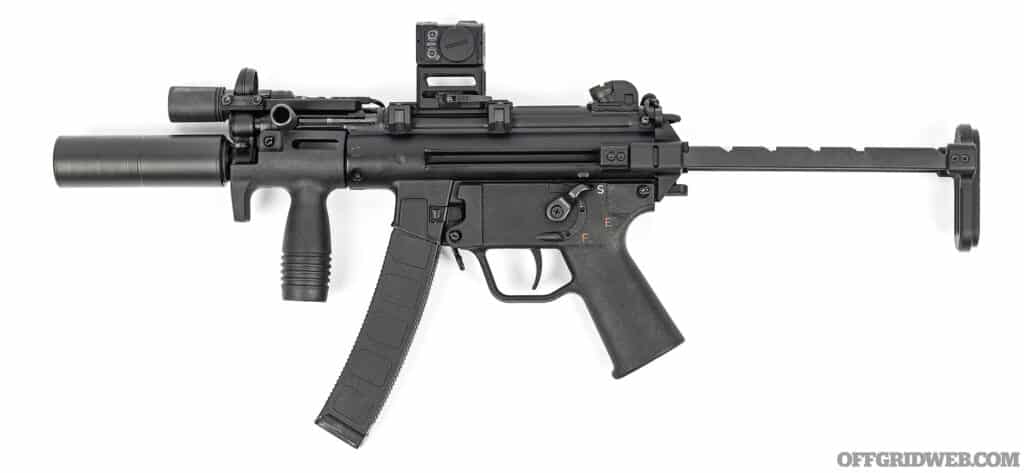
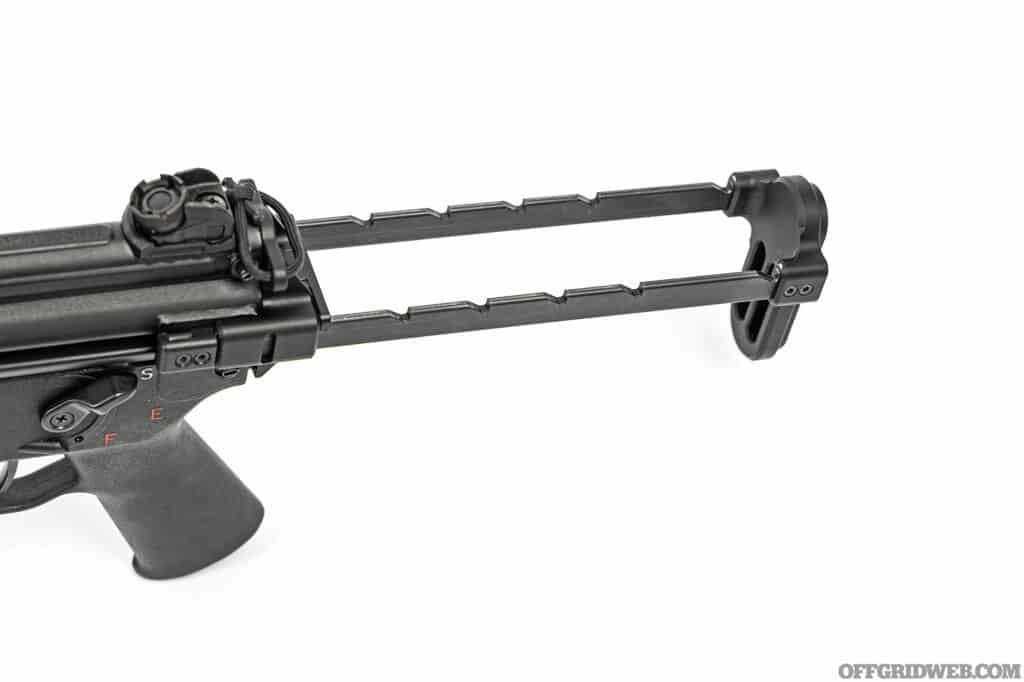
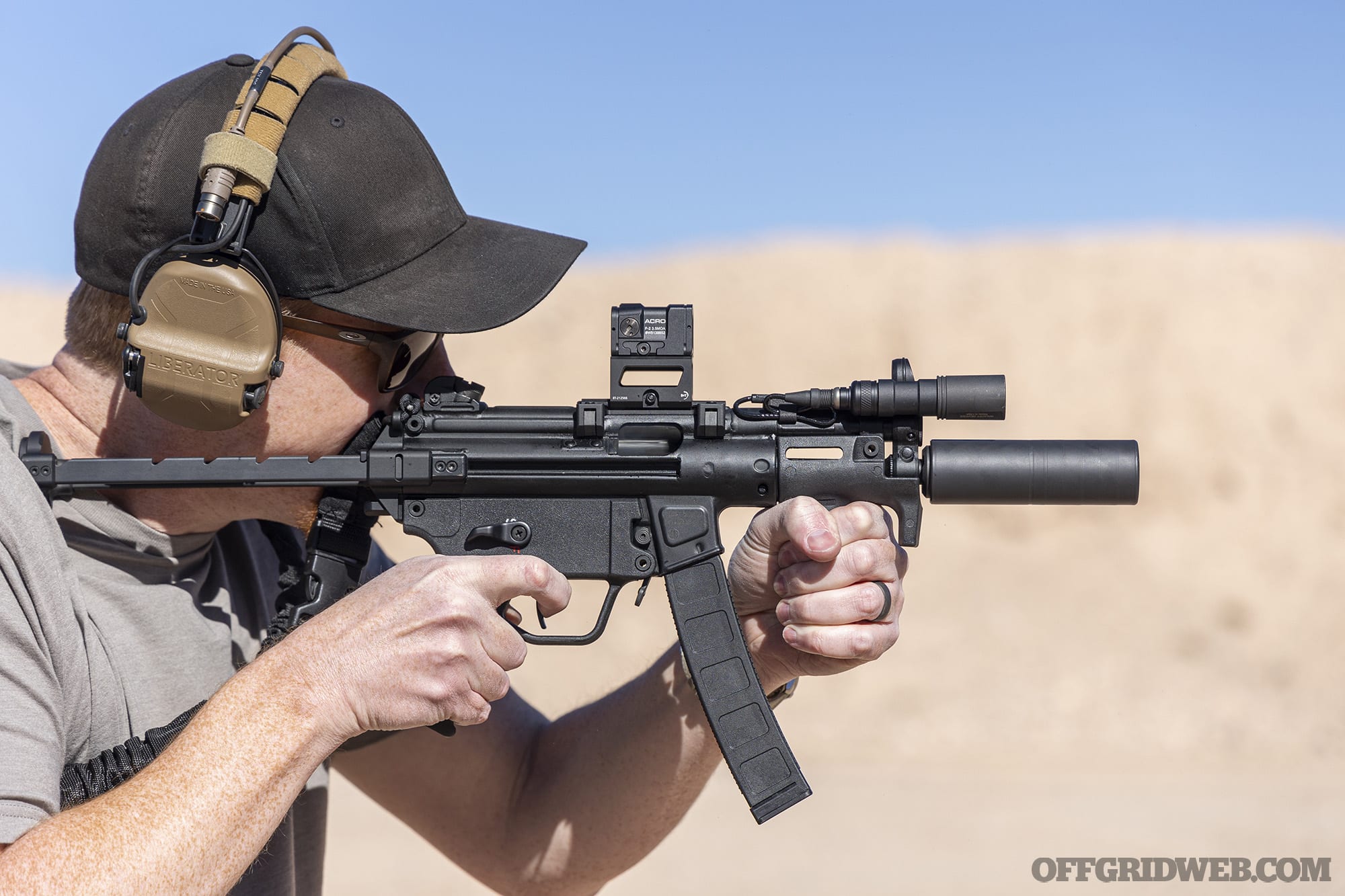
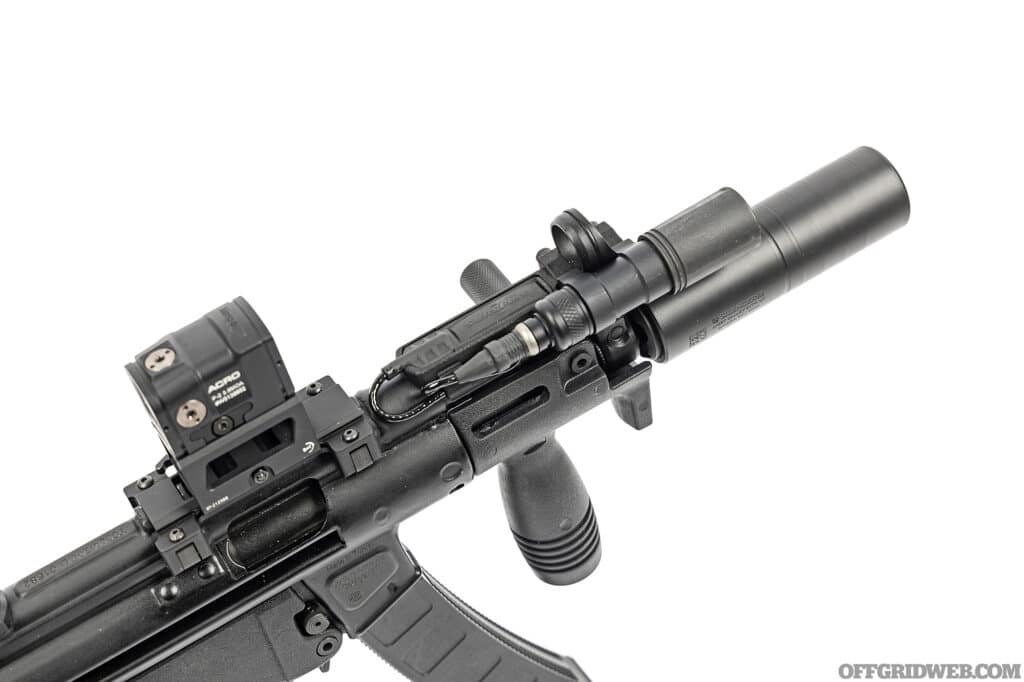
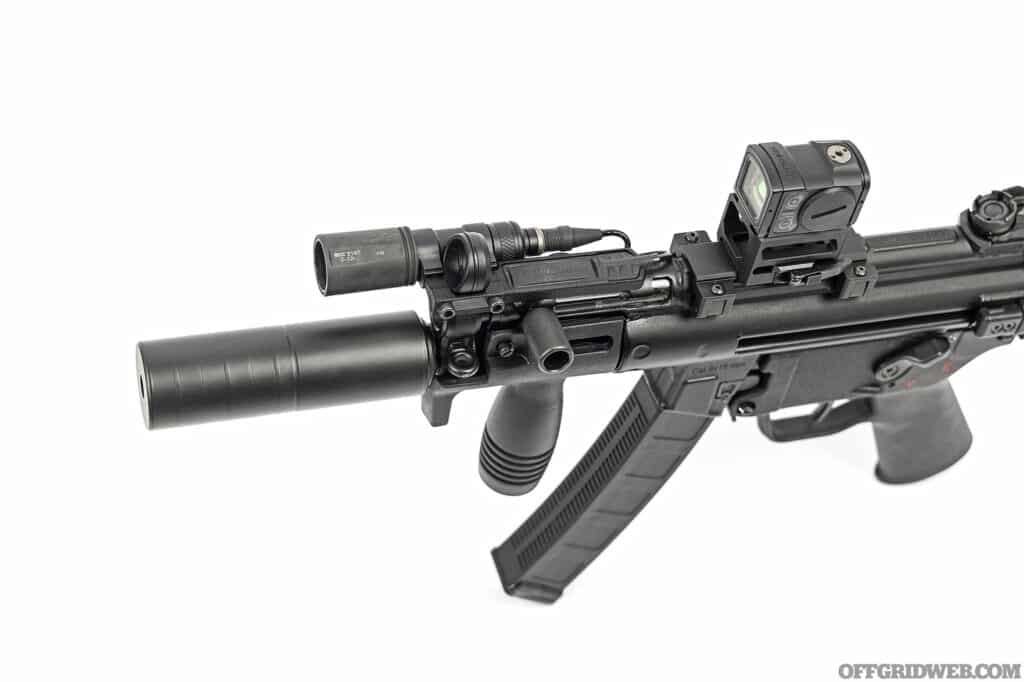
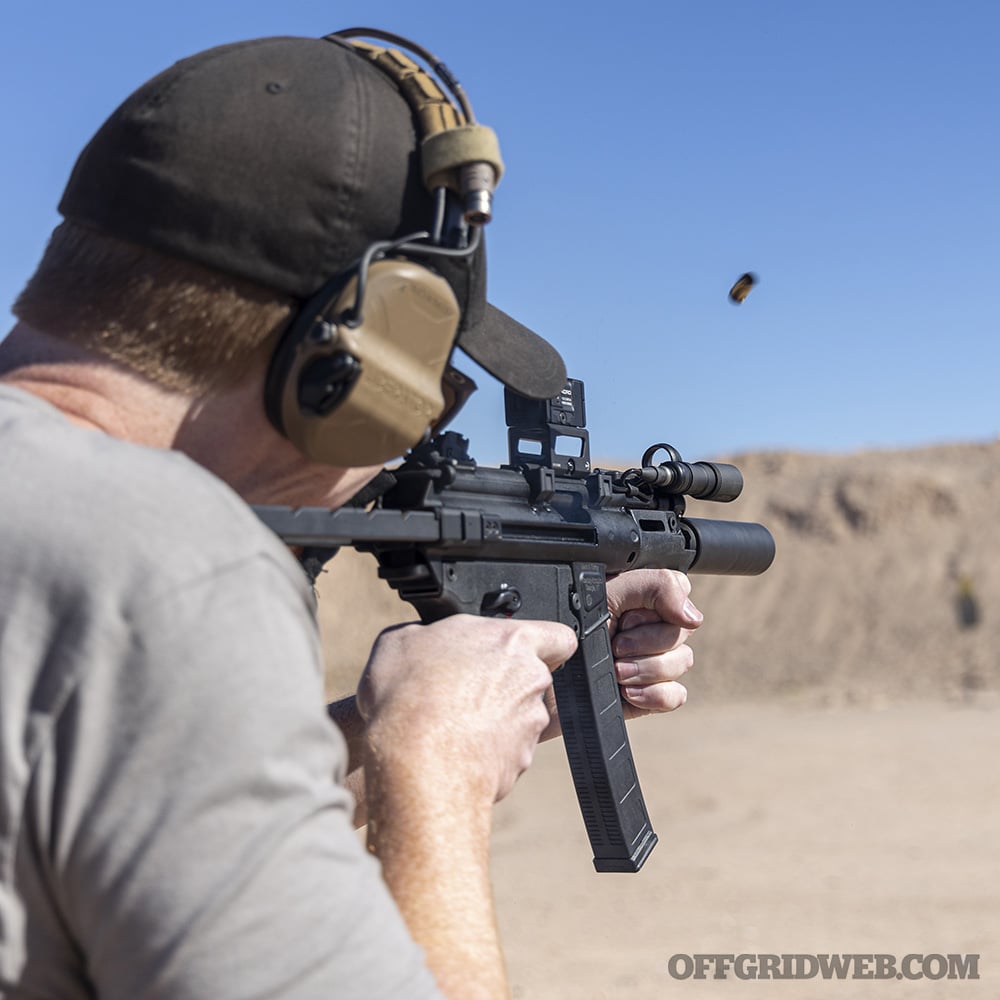
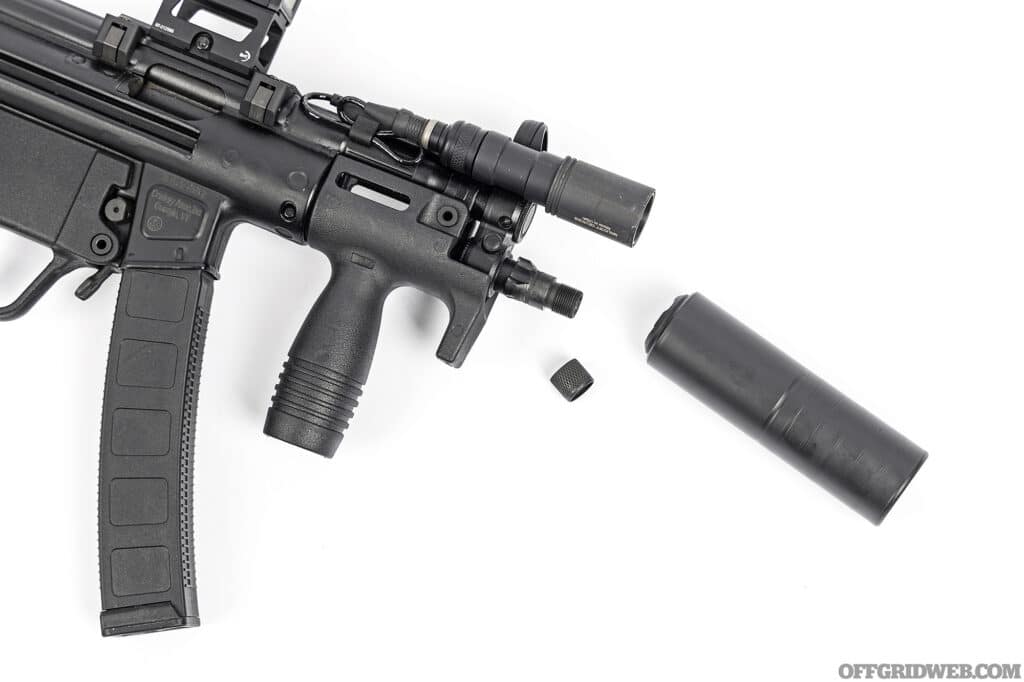
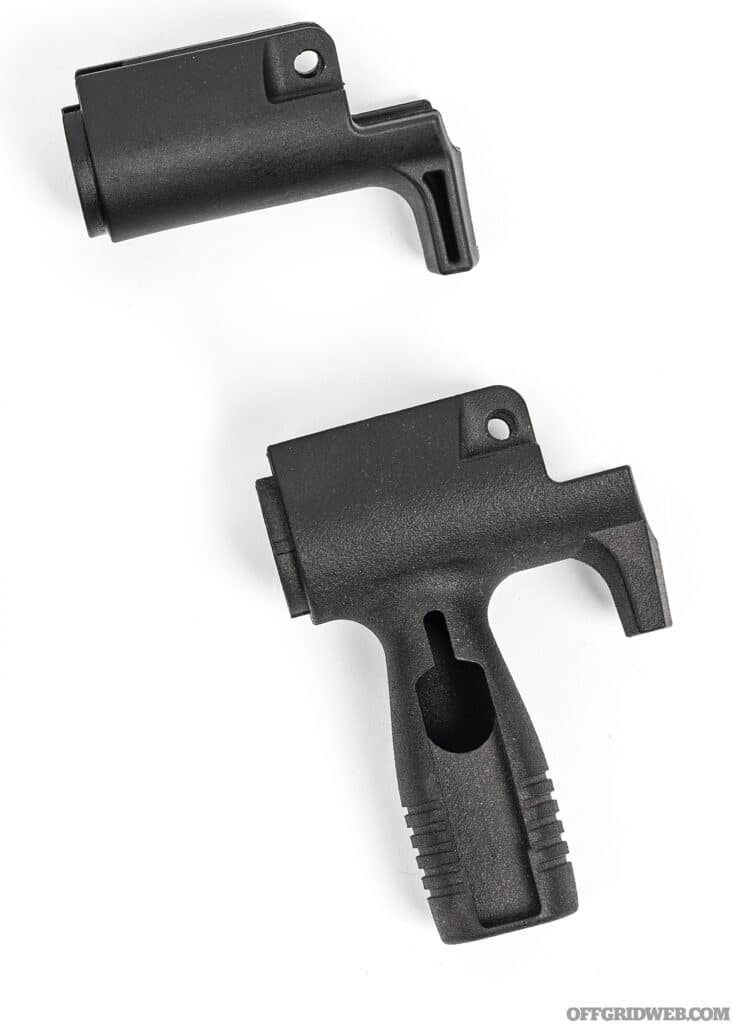
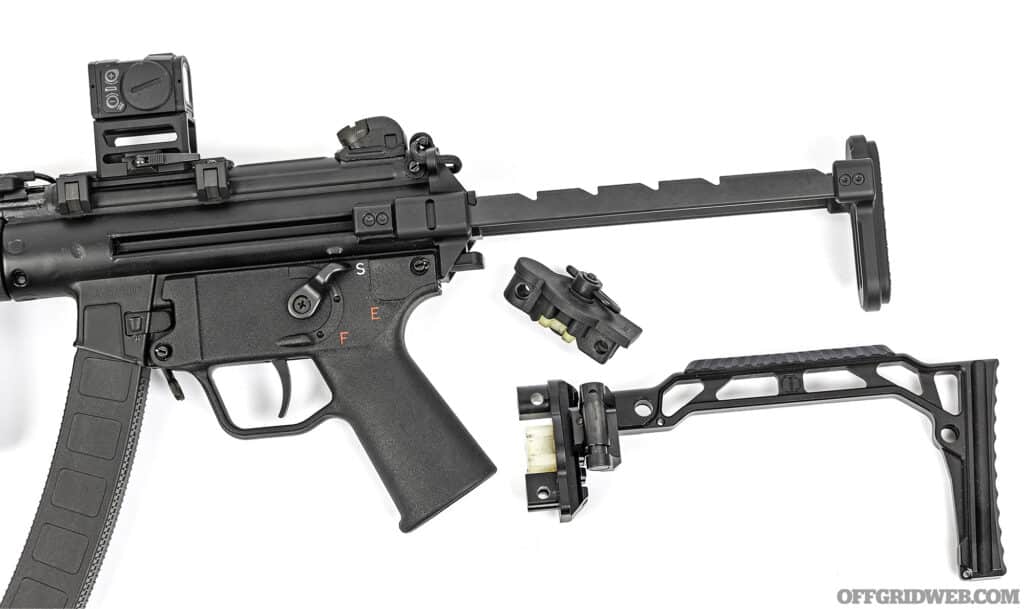
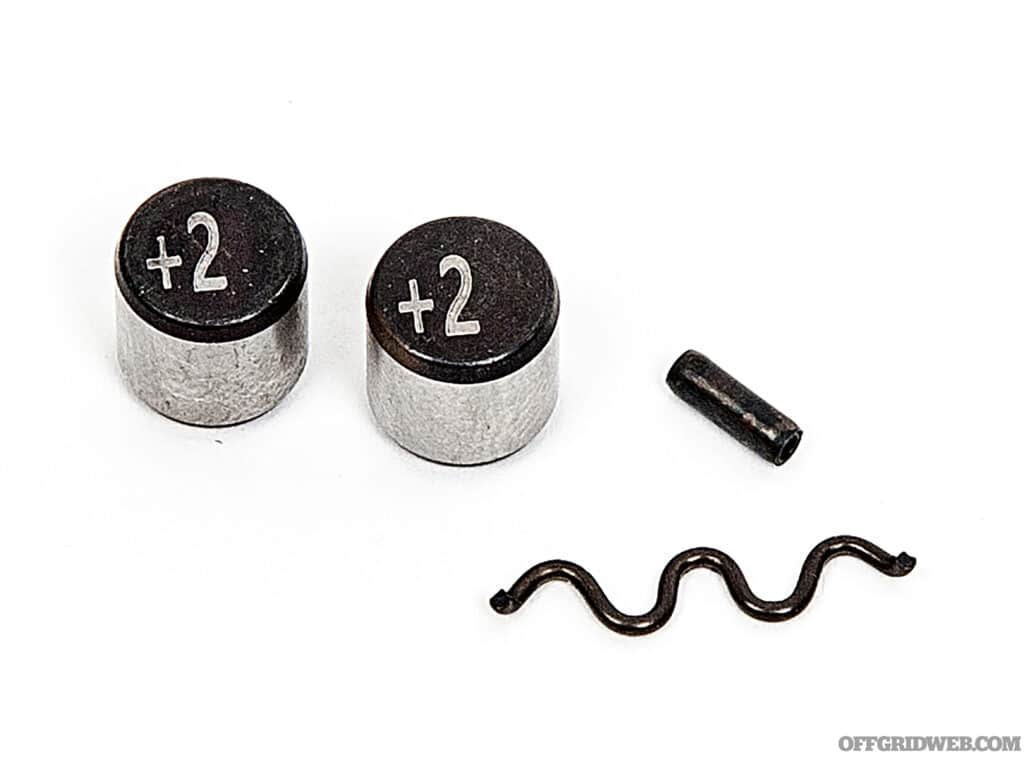

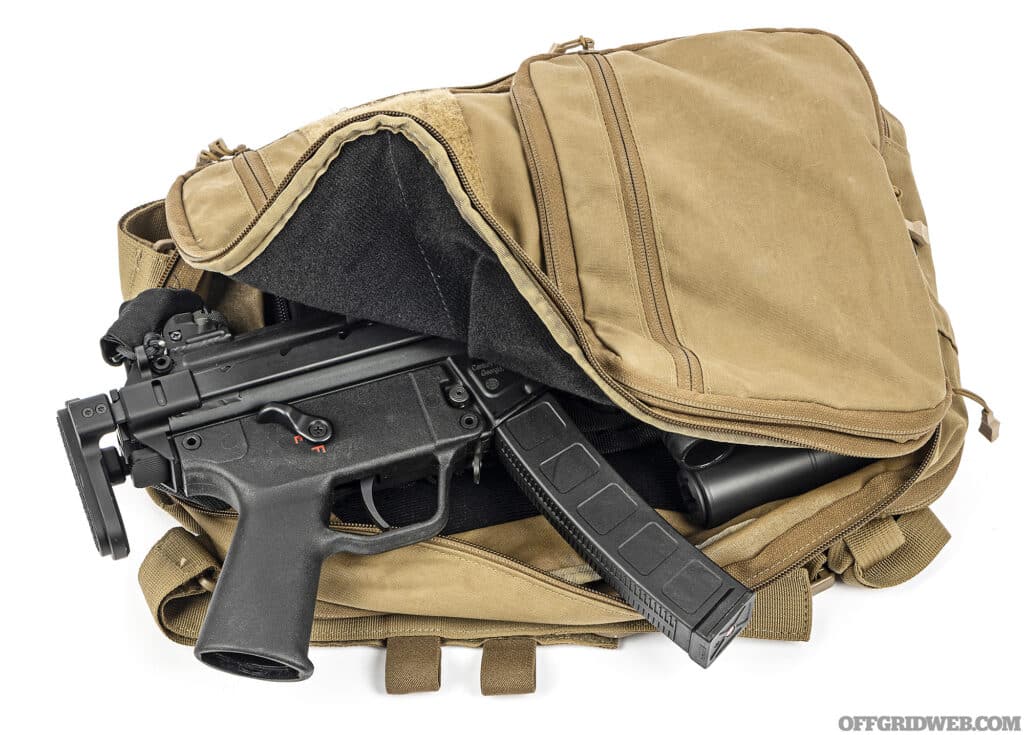
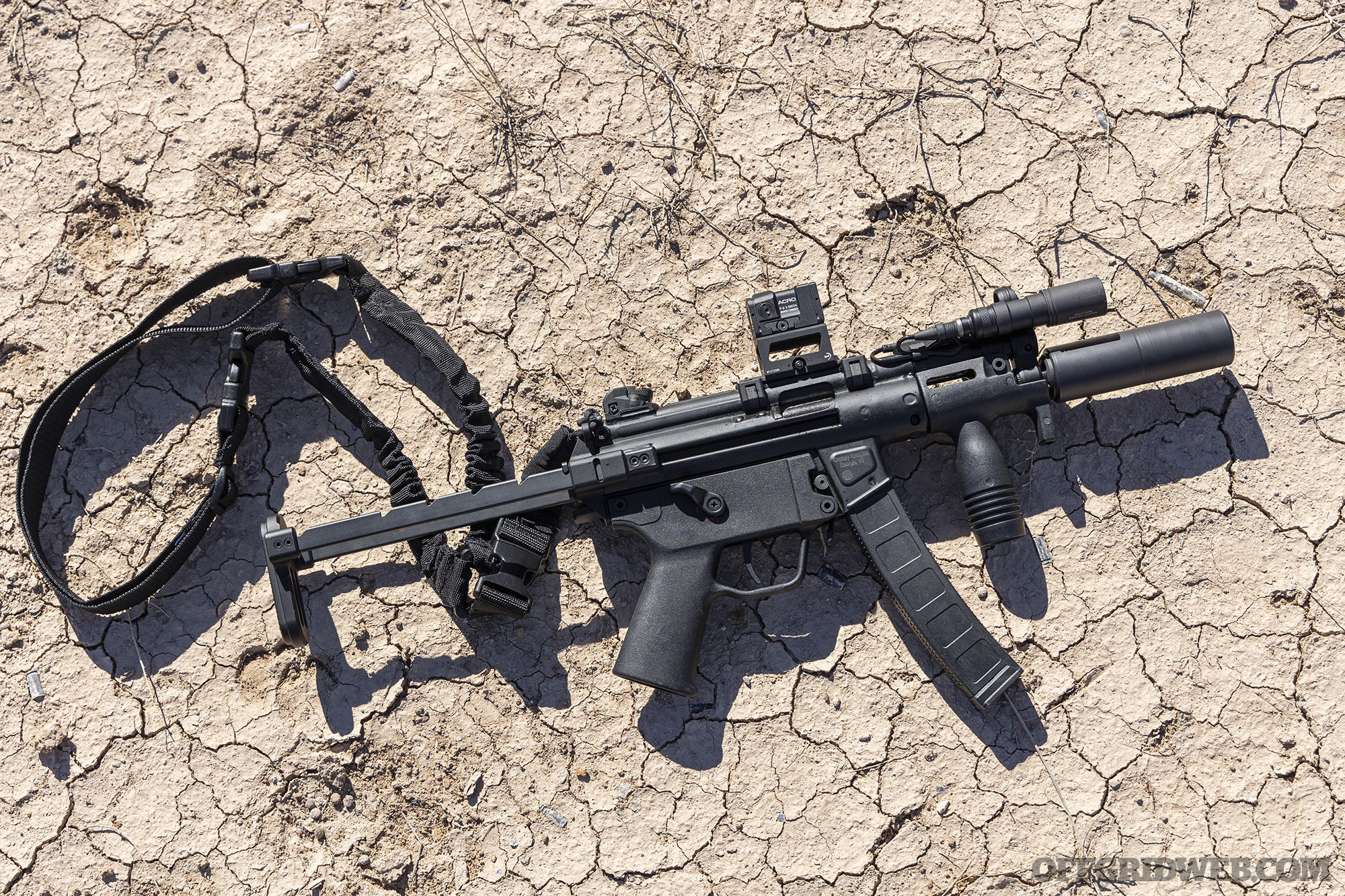
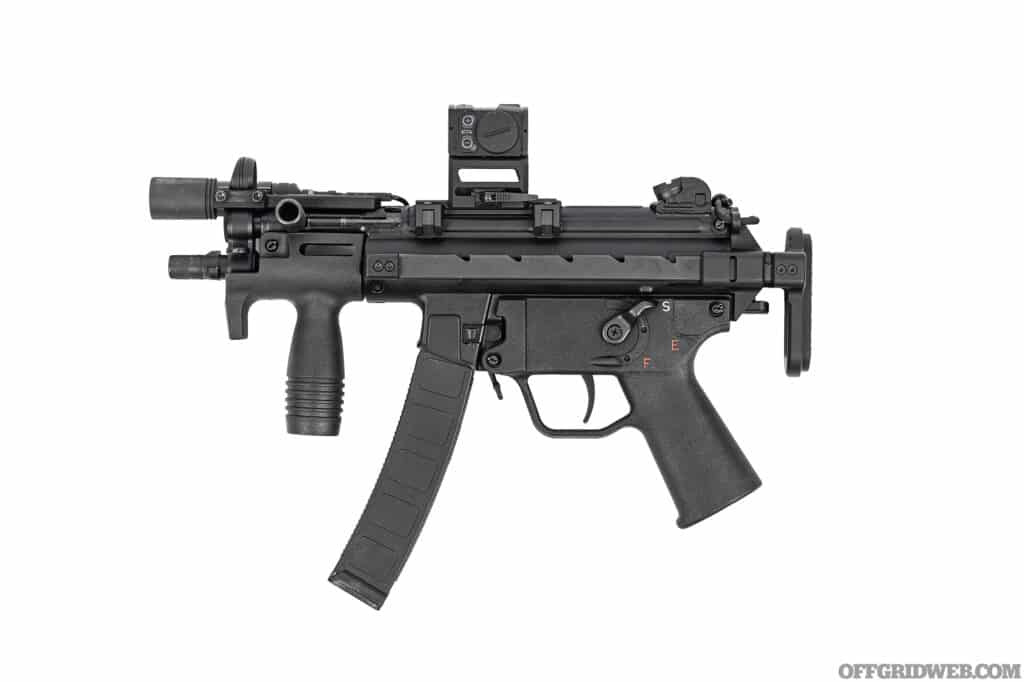
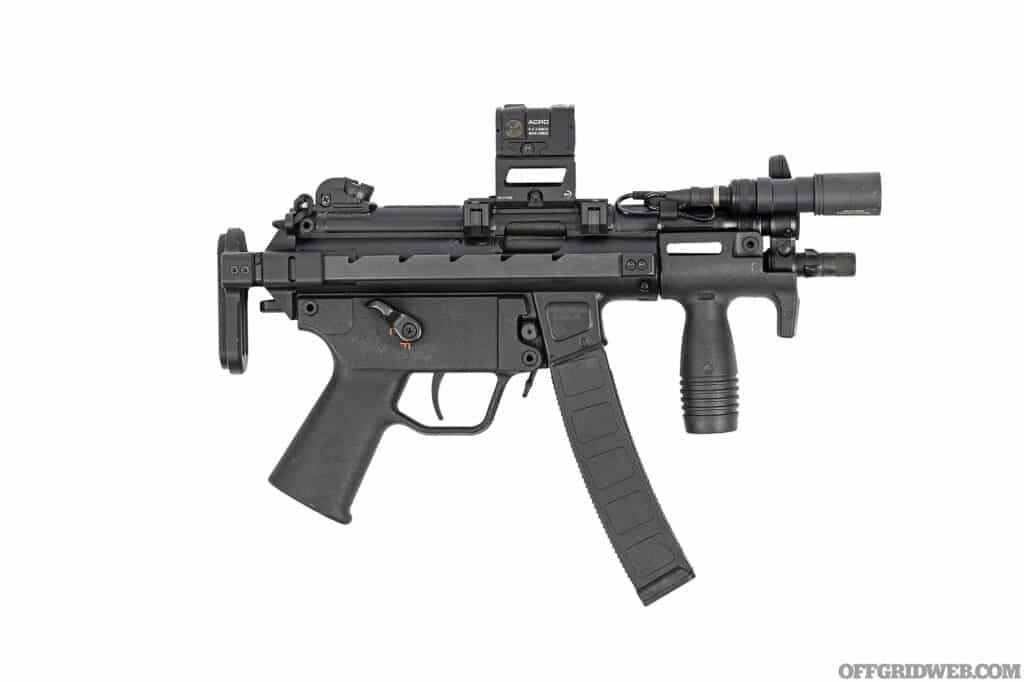
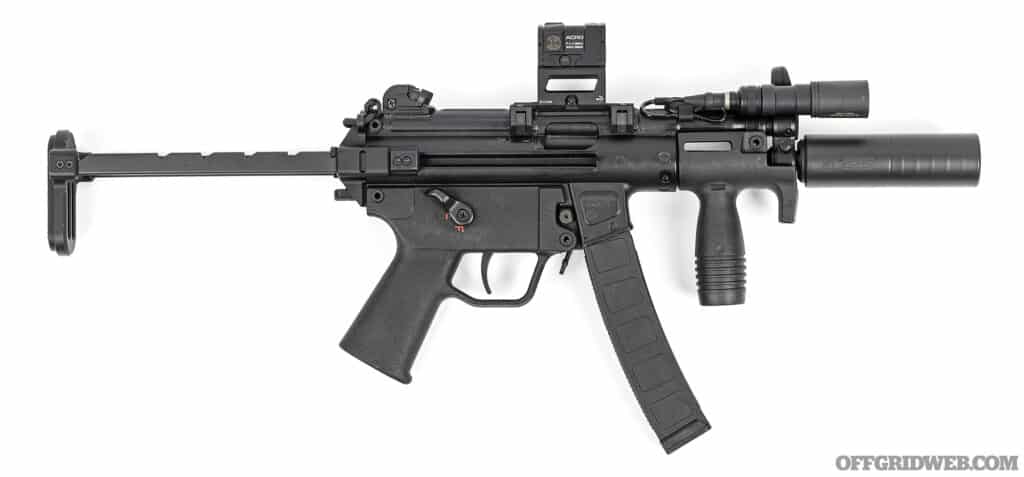
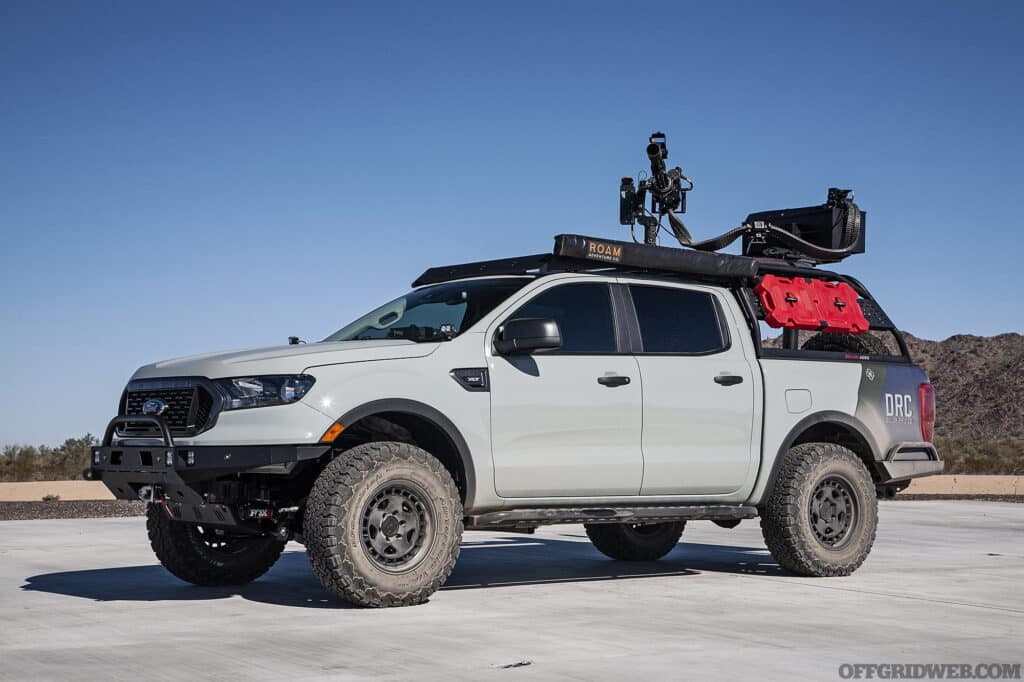
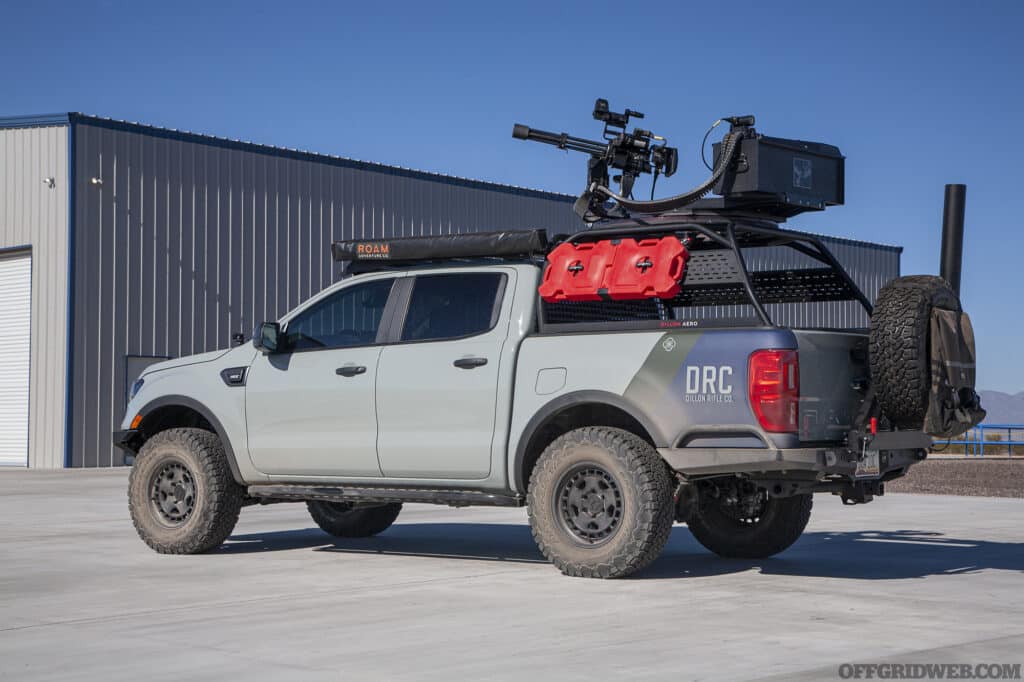
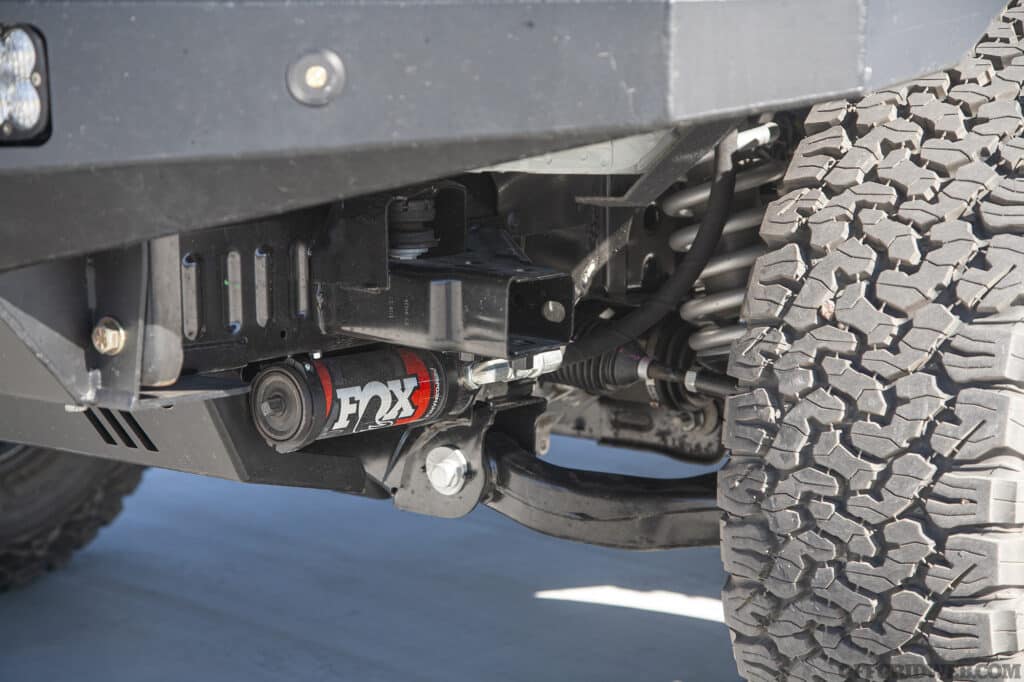
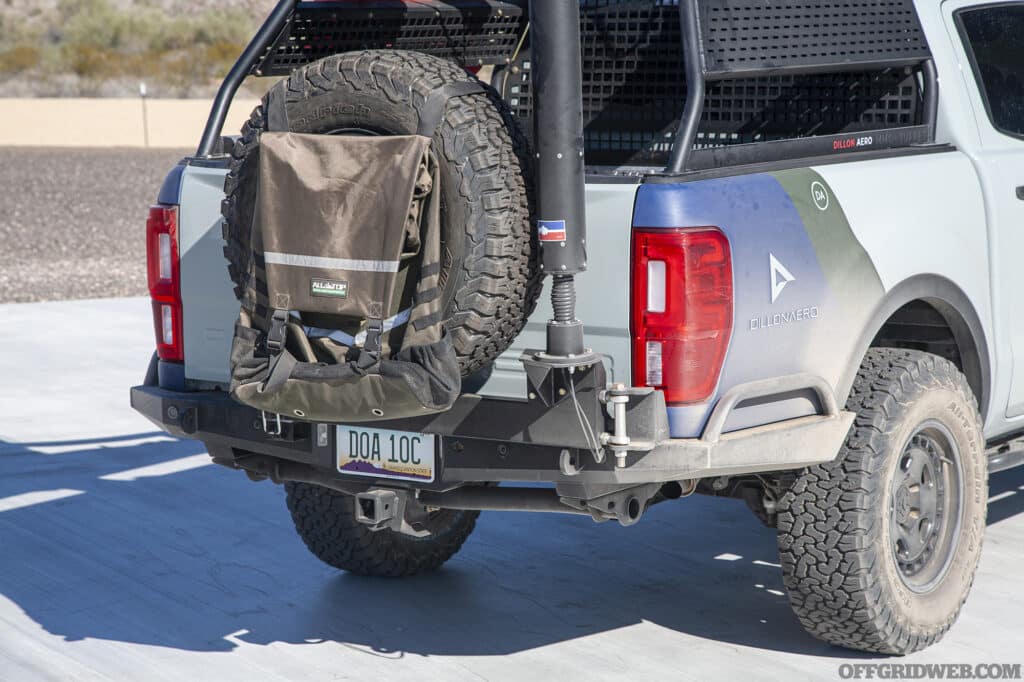
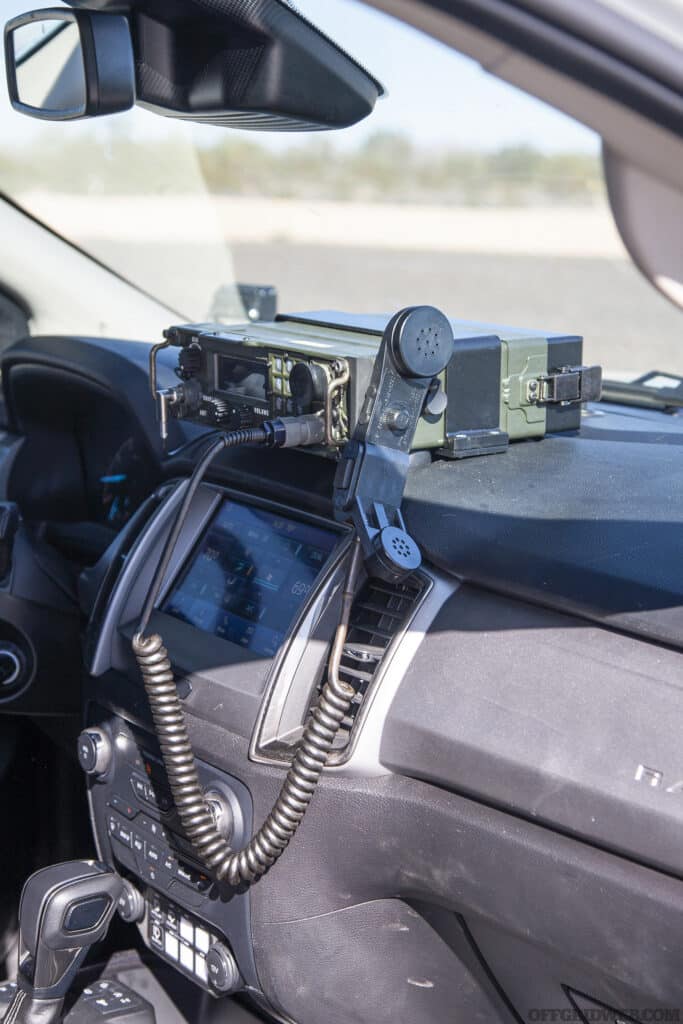
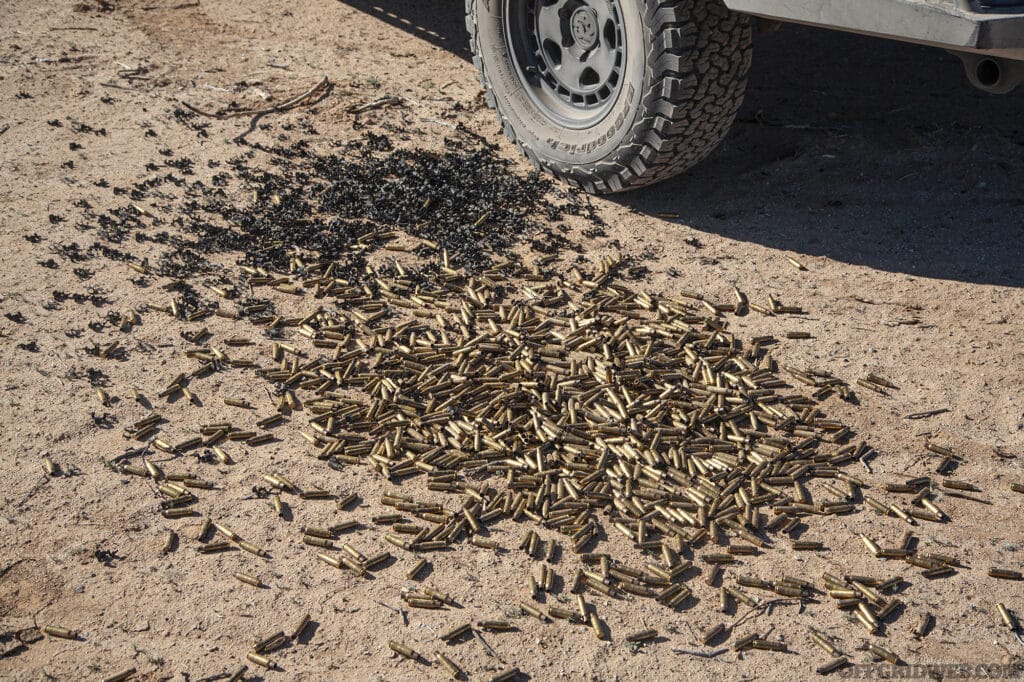




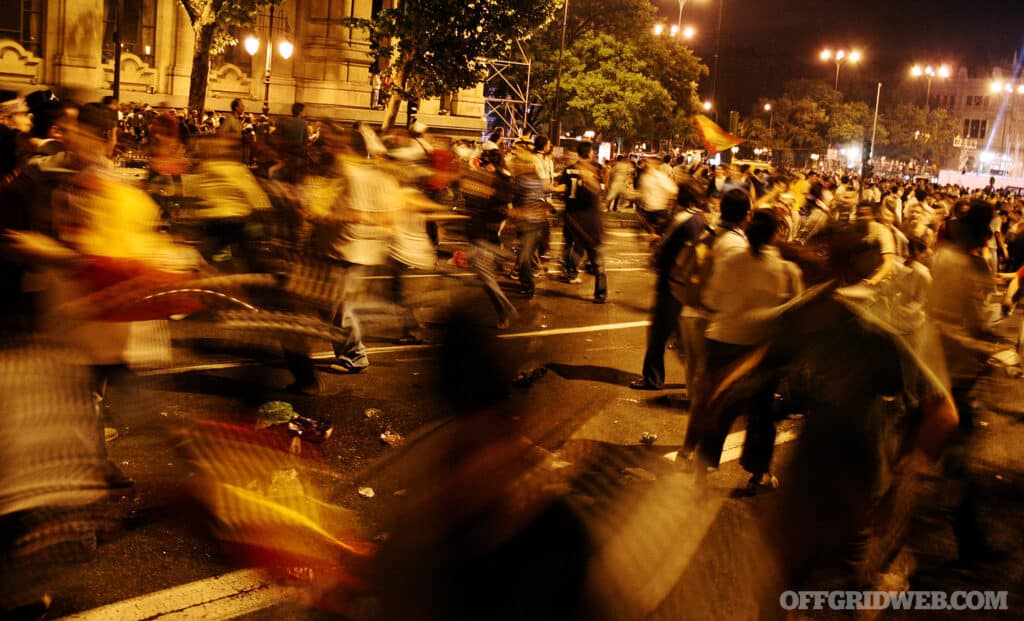

 Jason Squires
Jason Squires